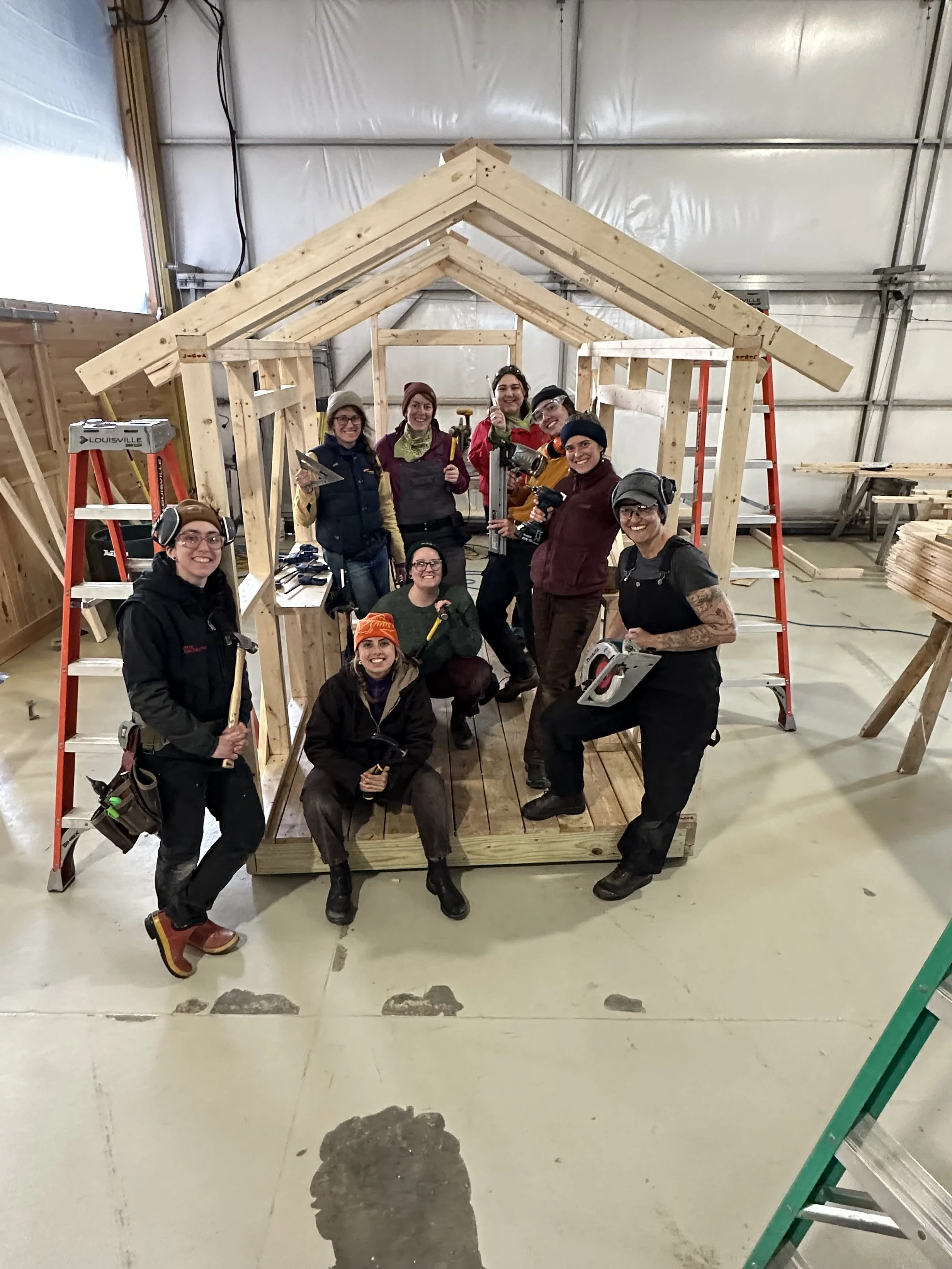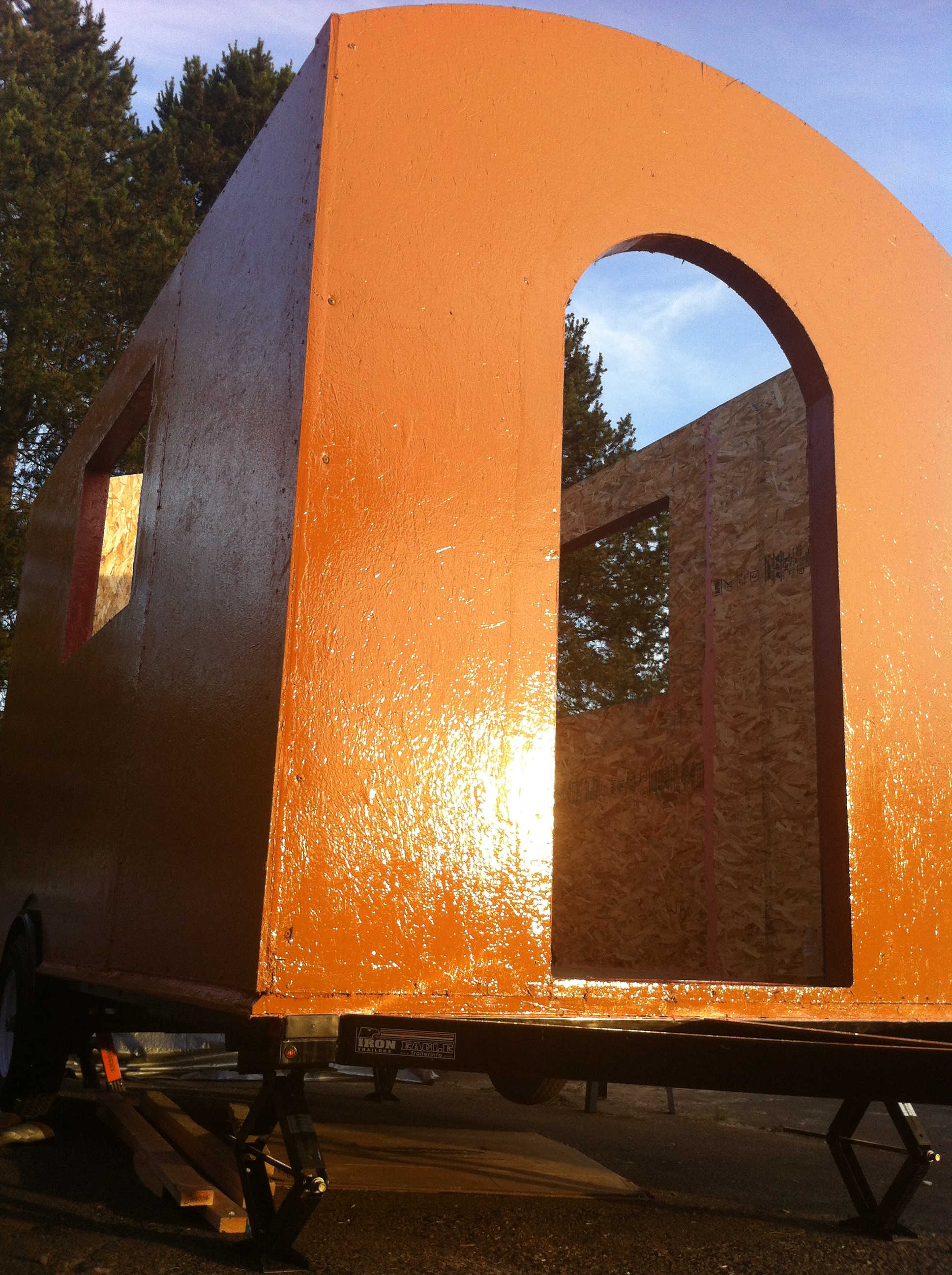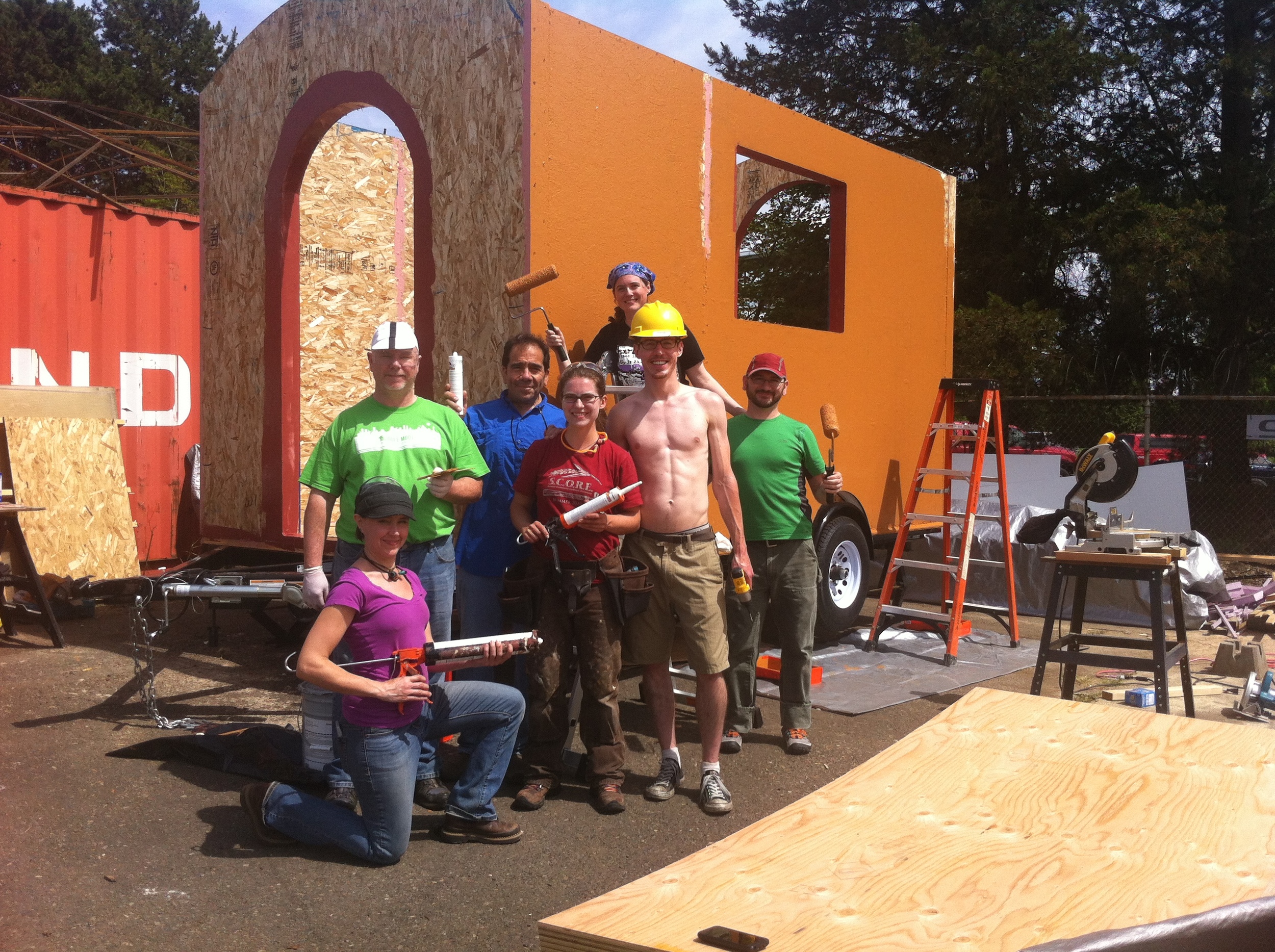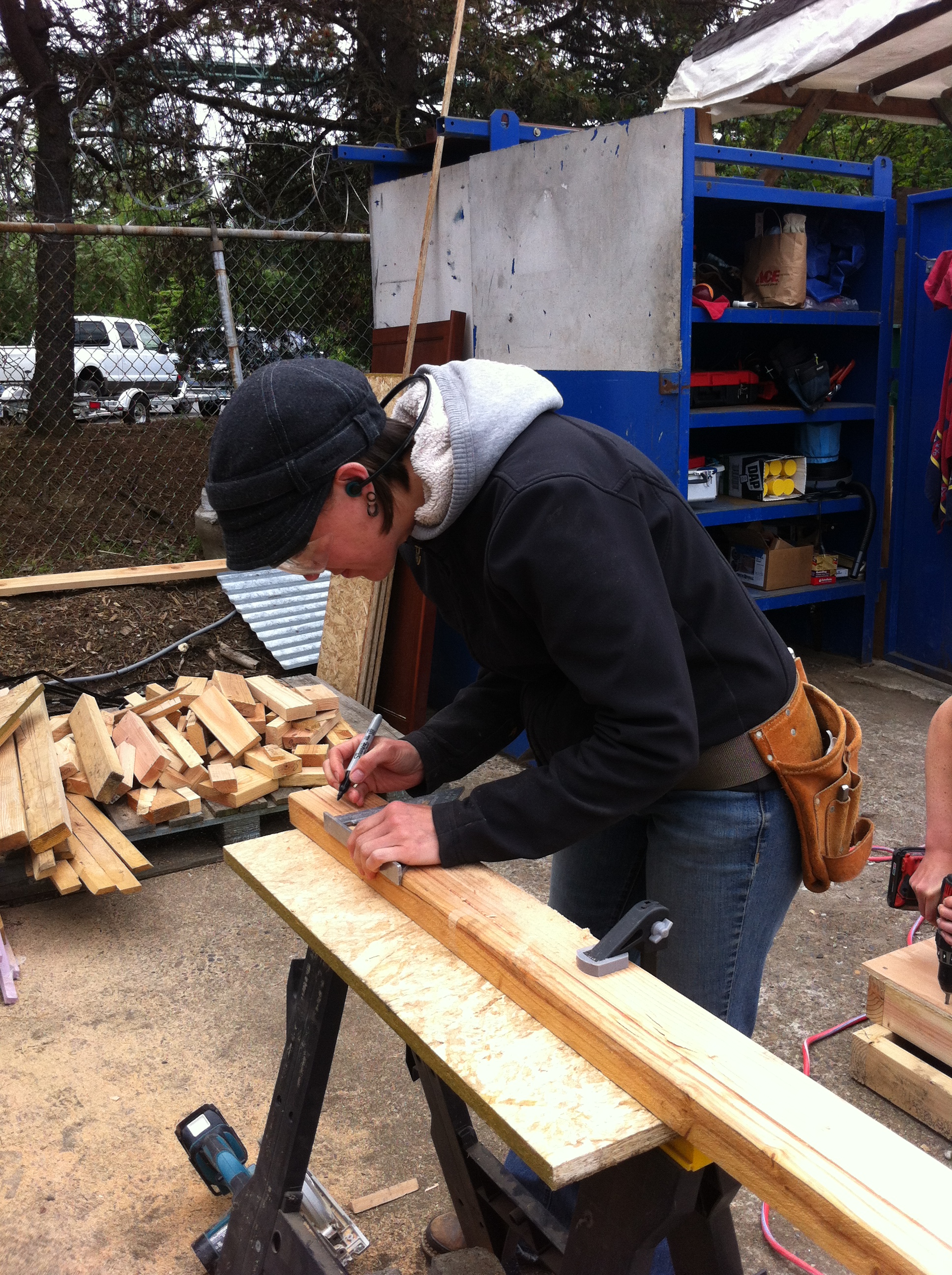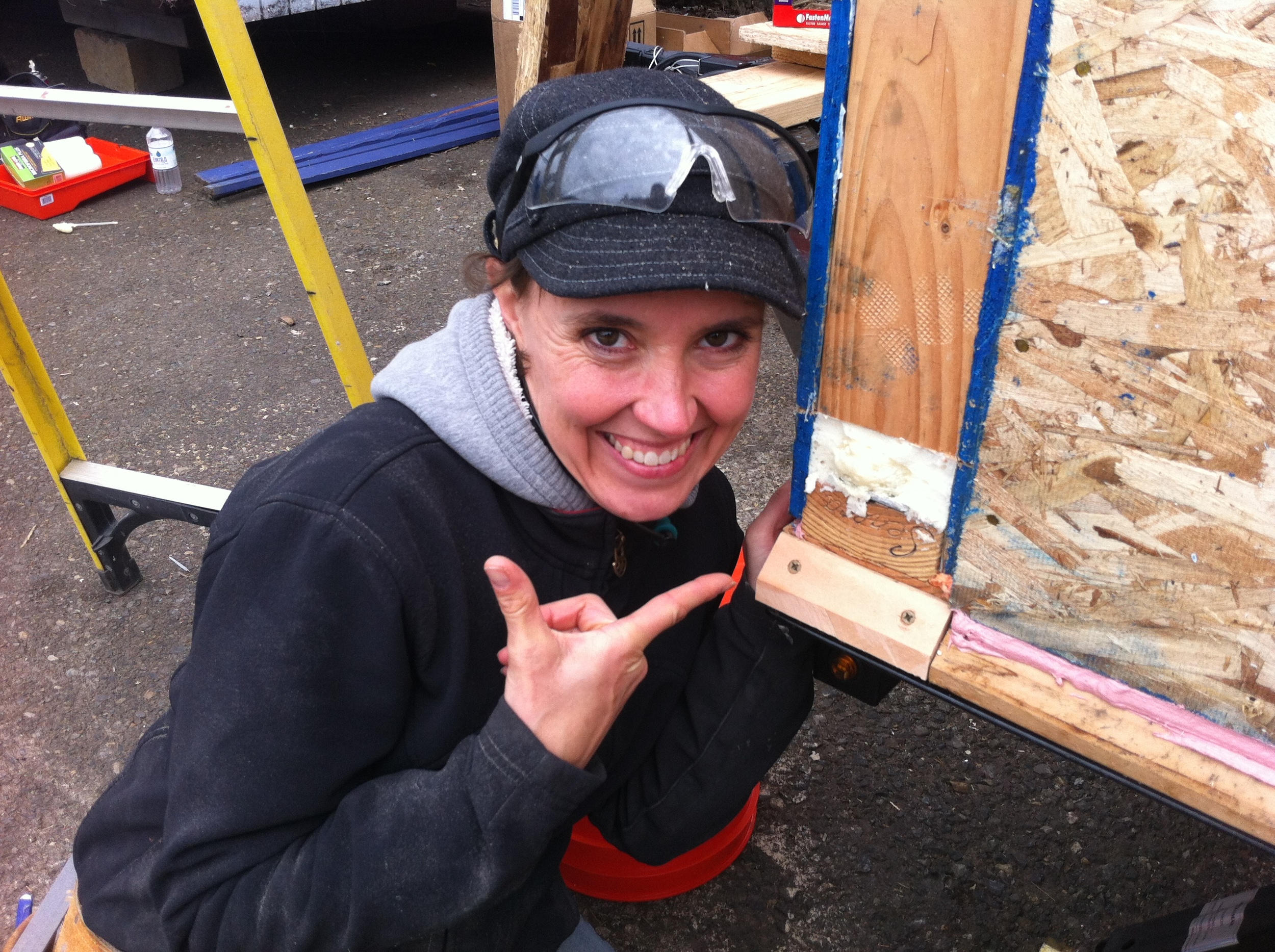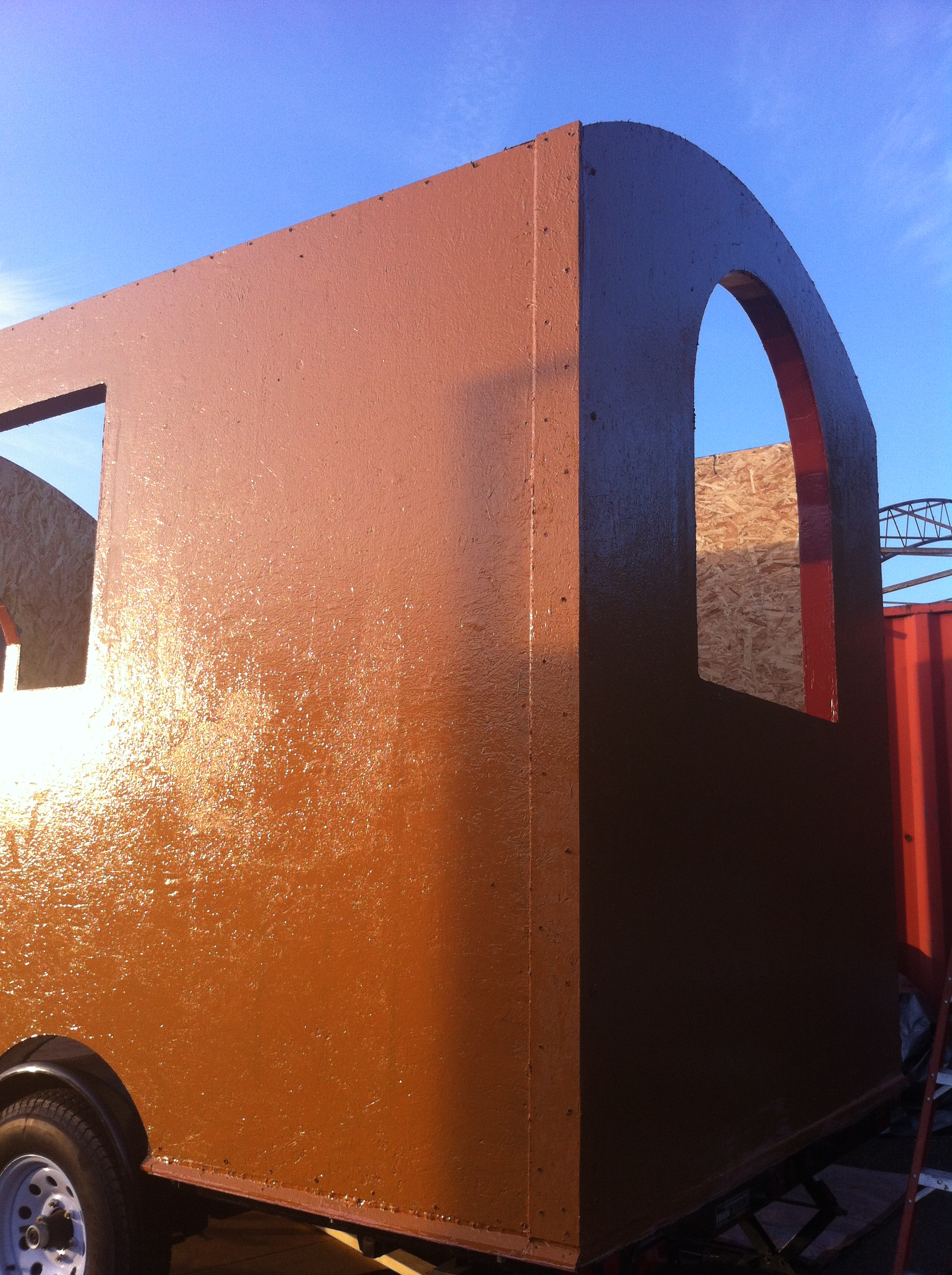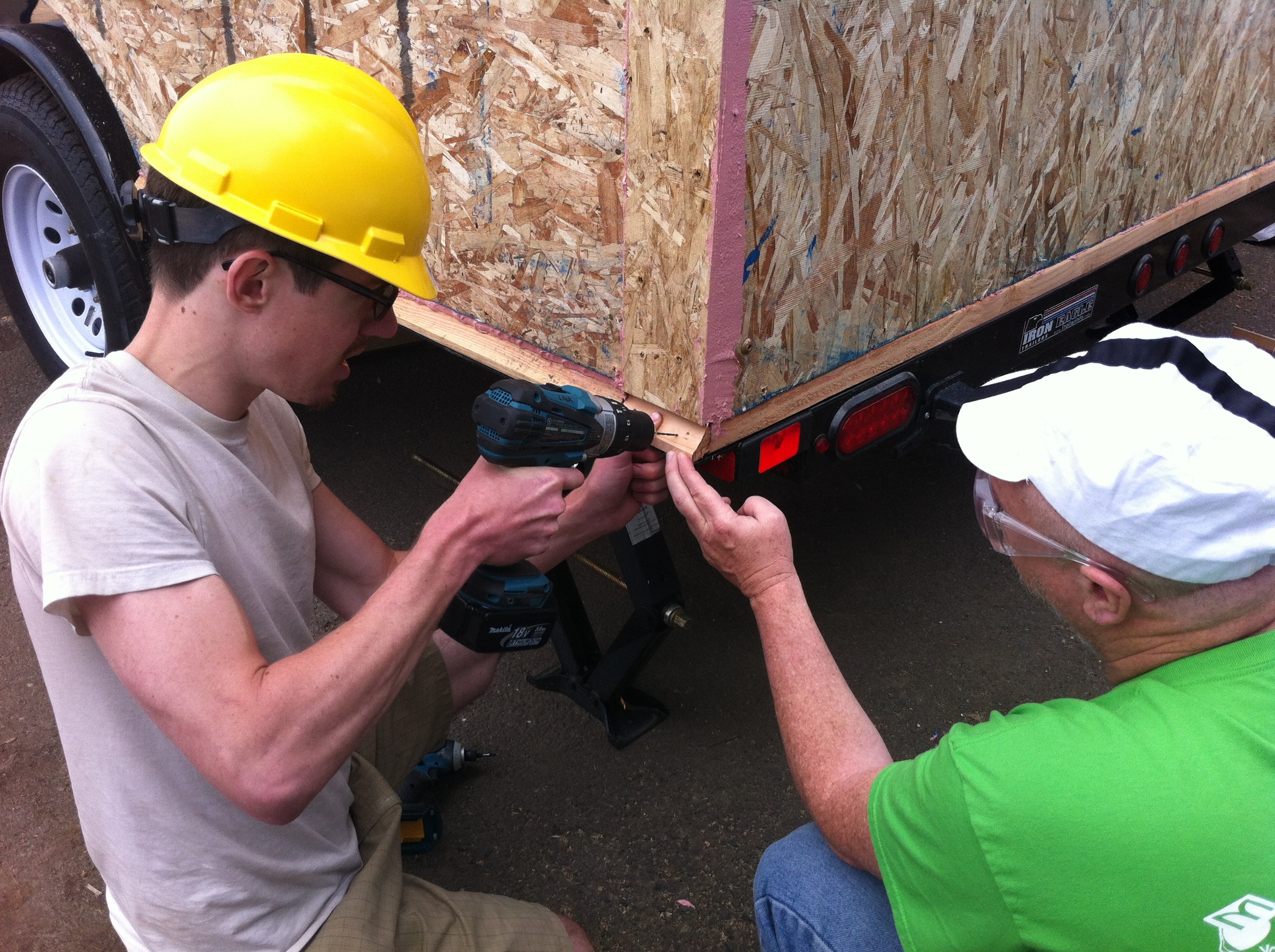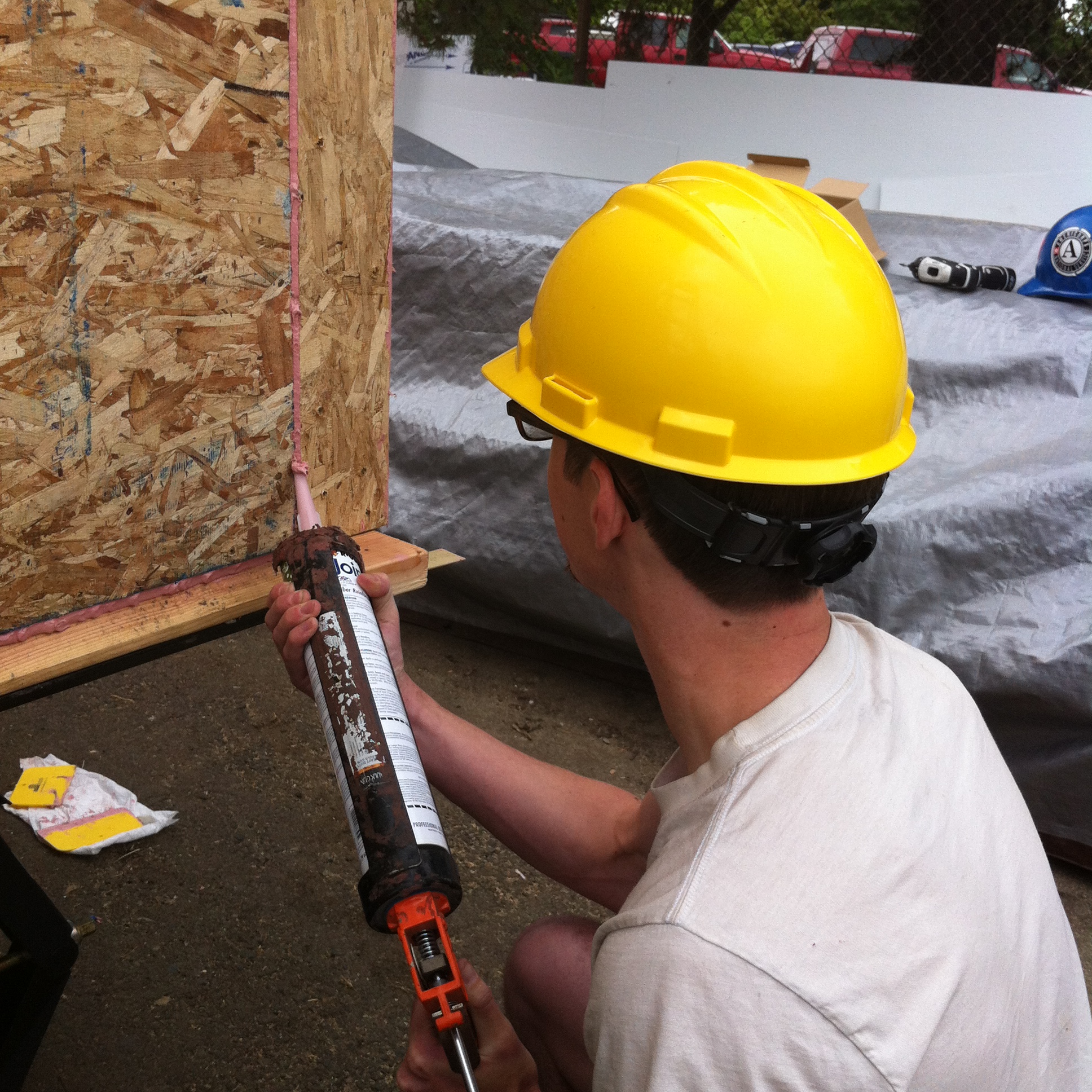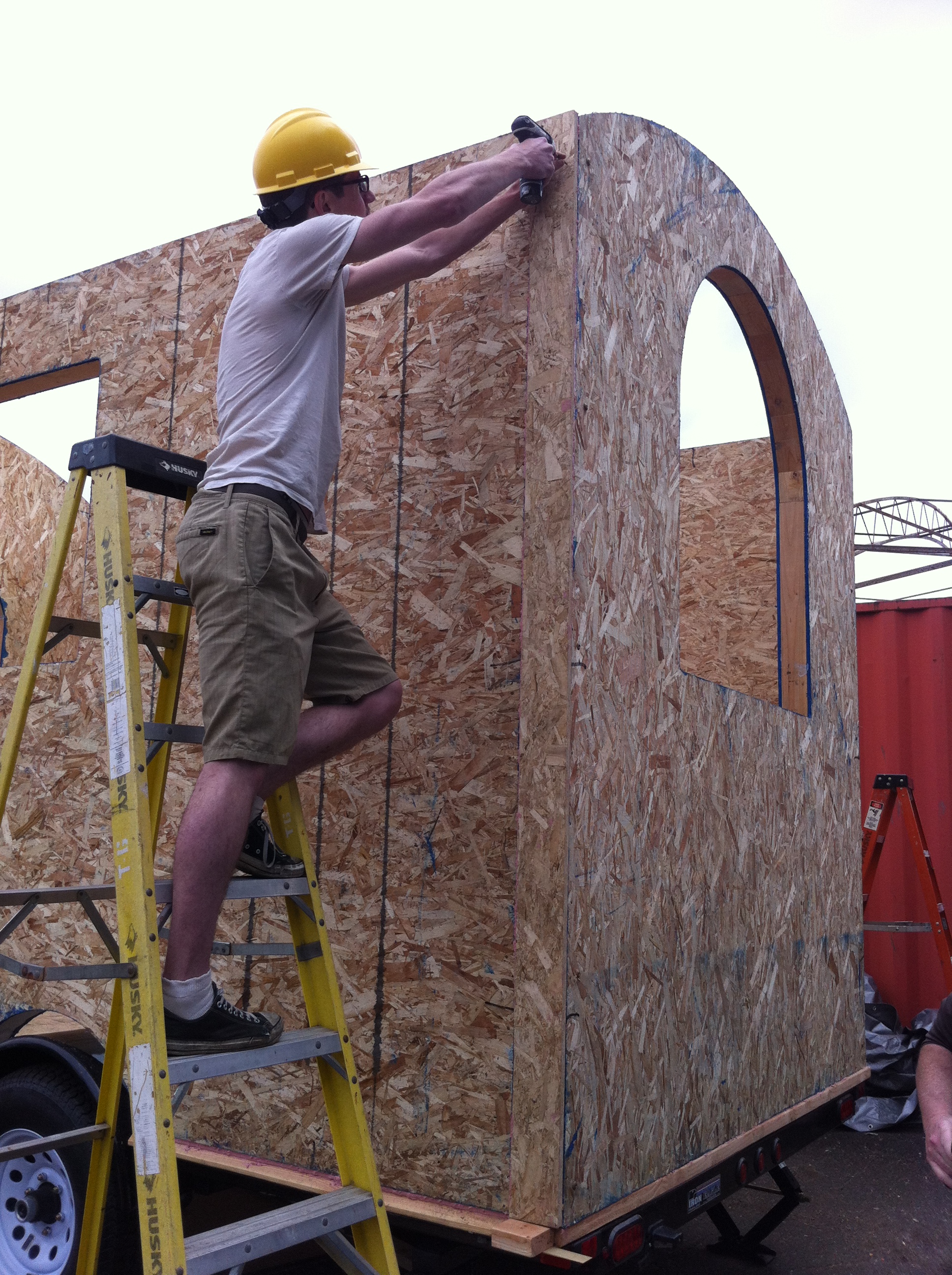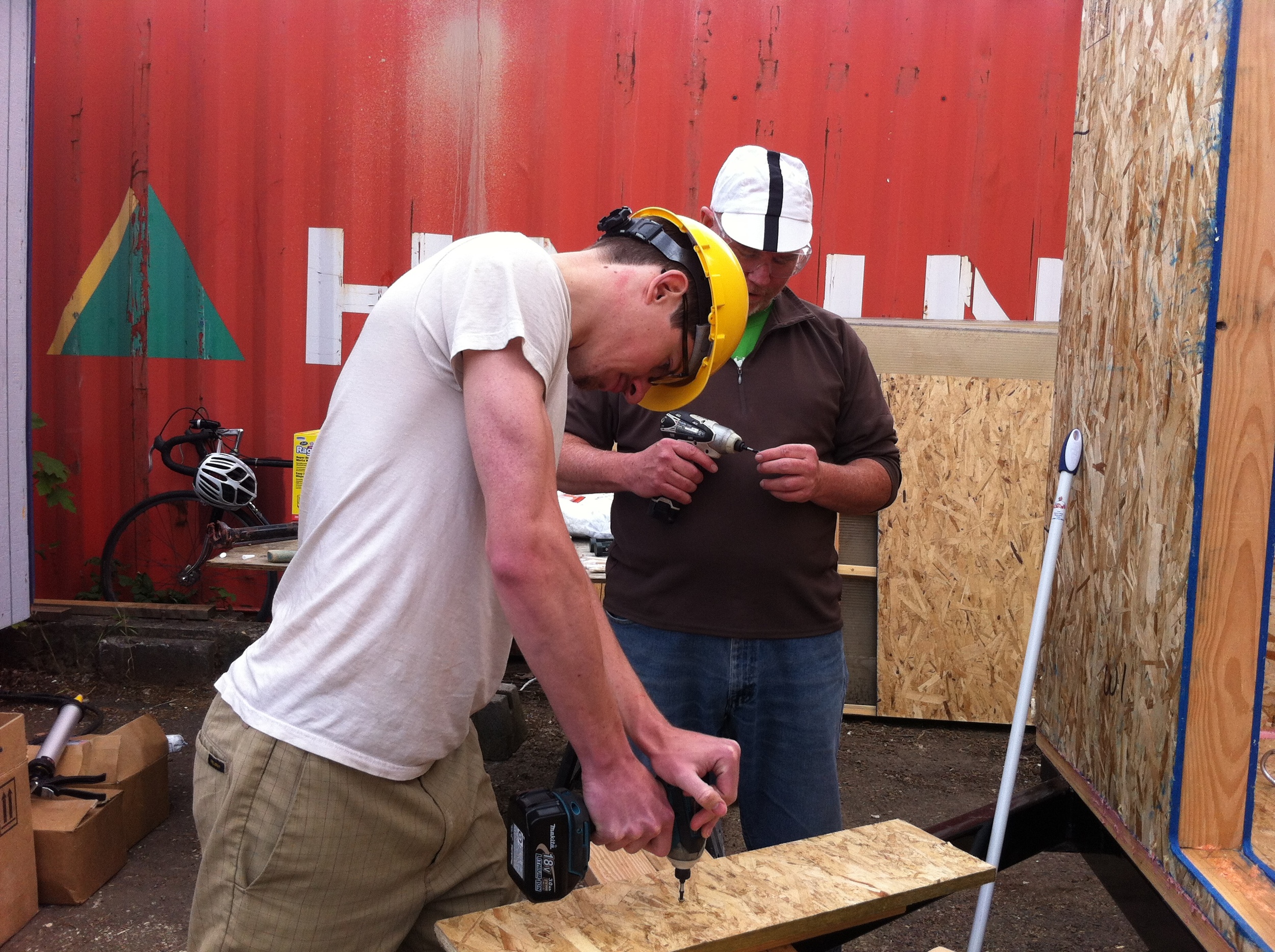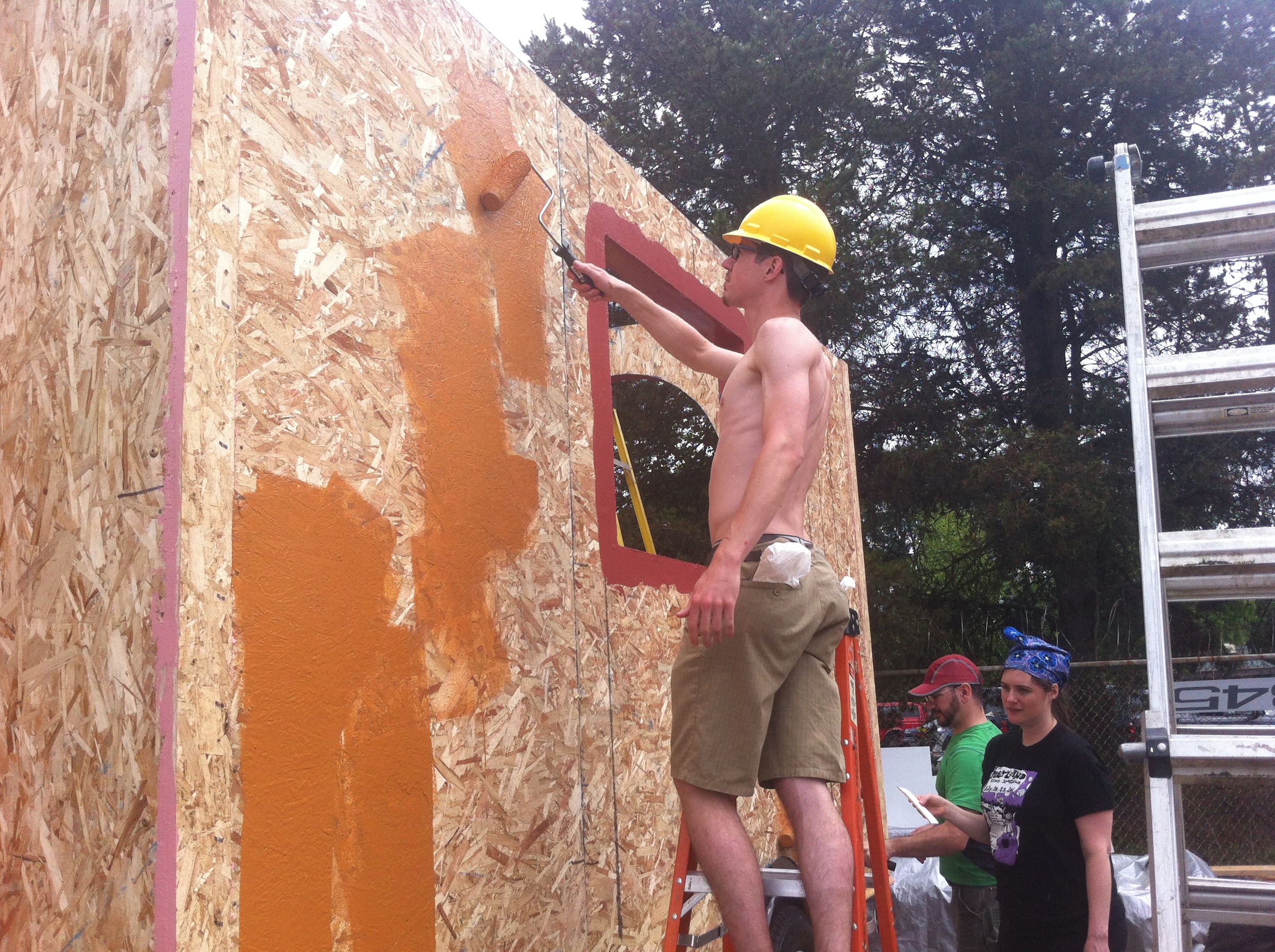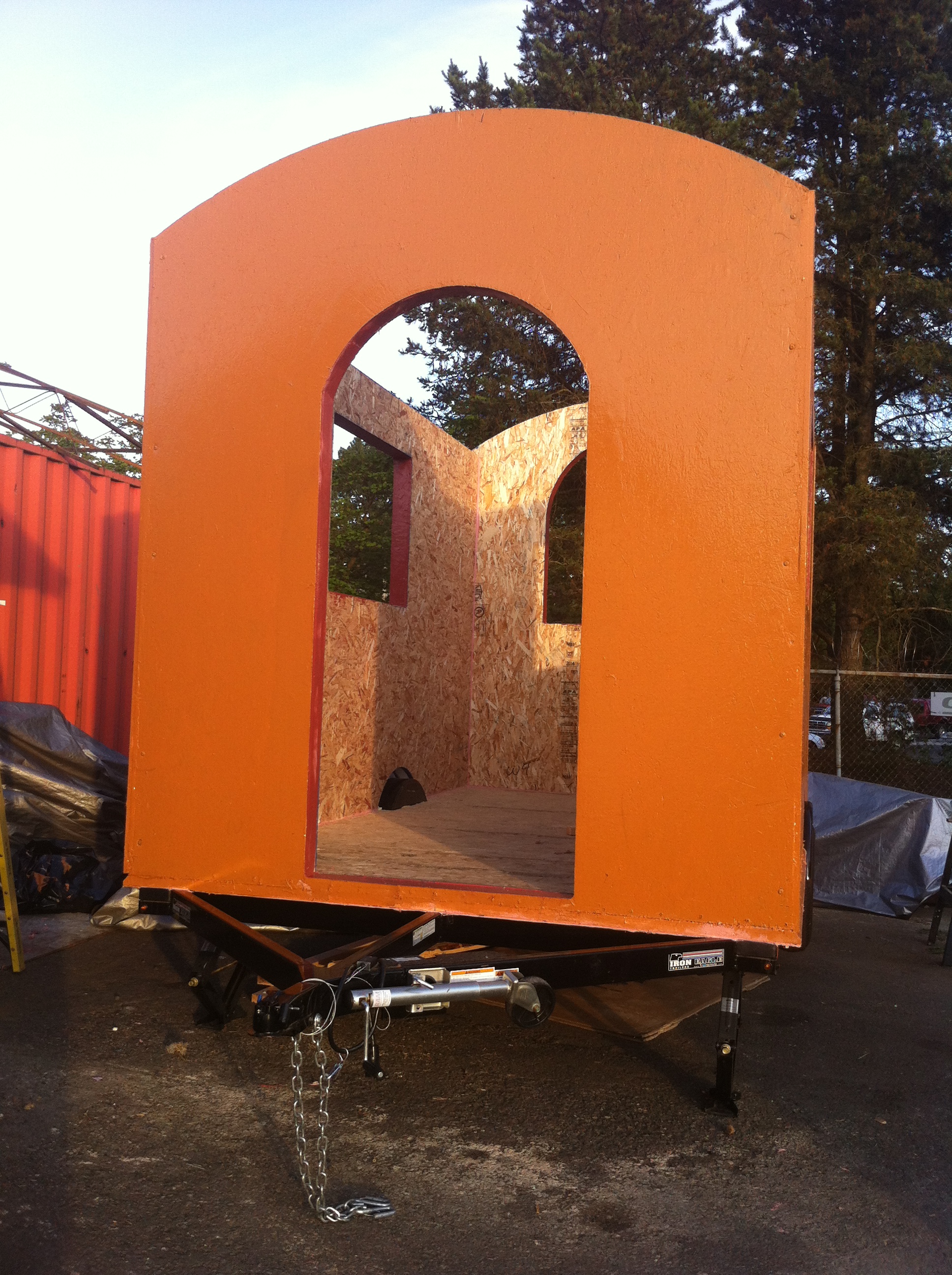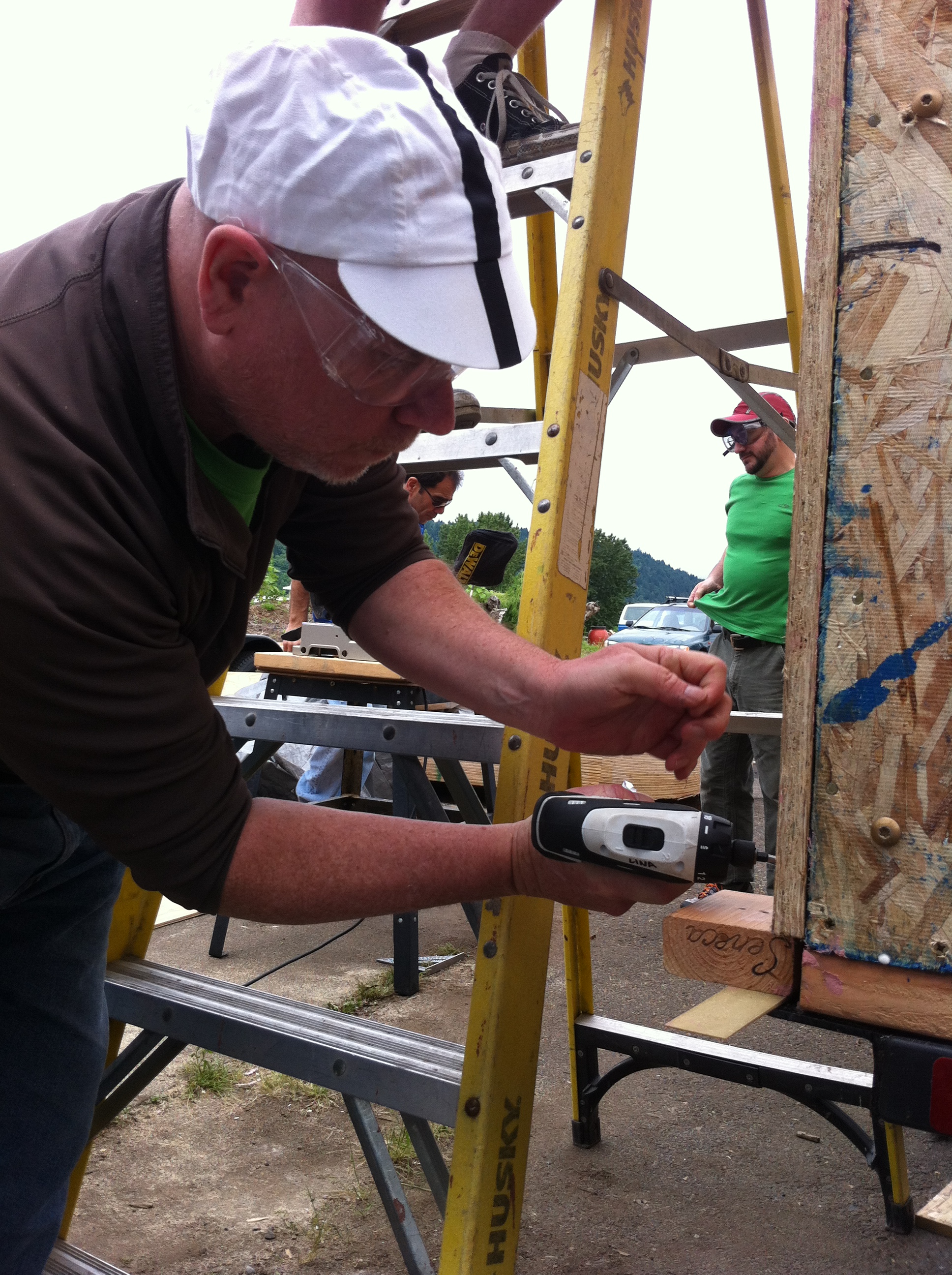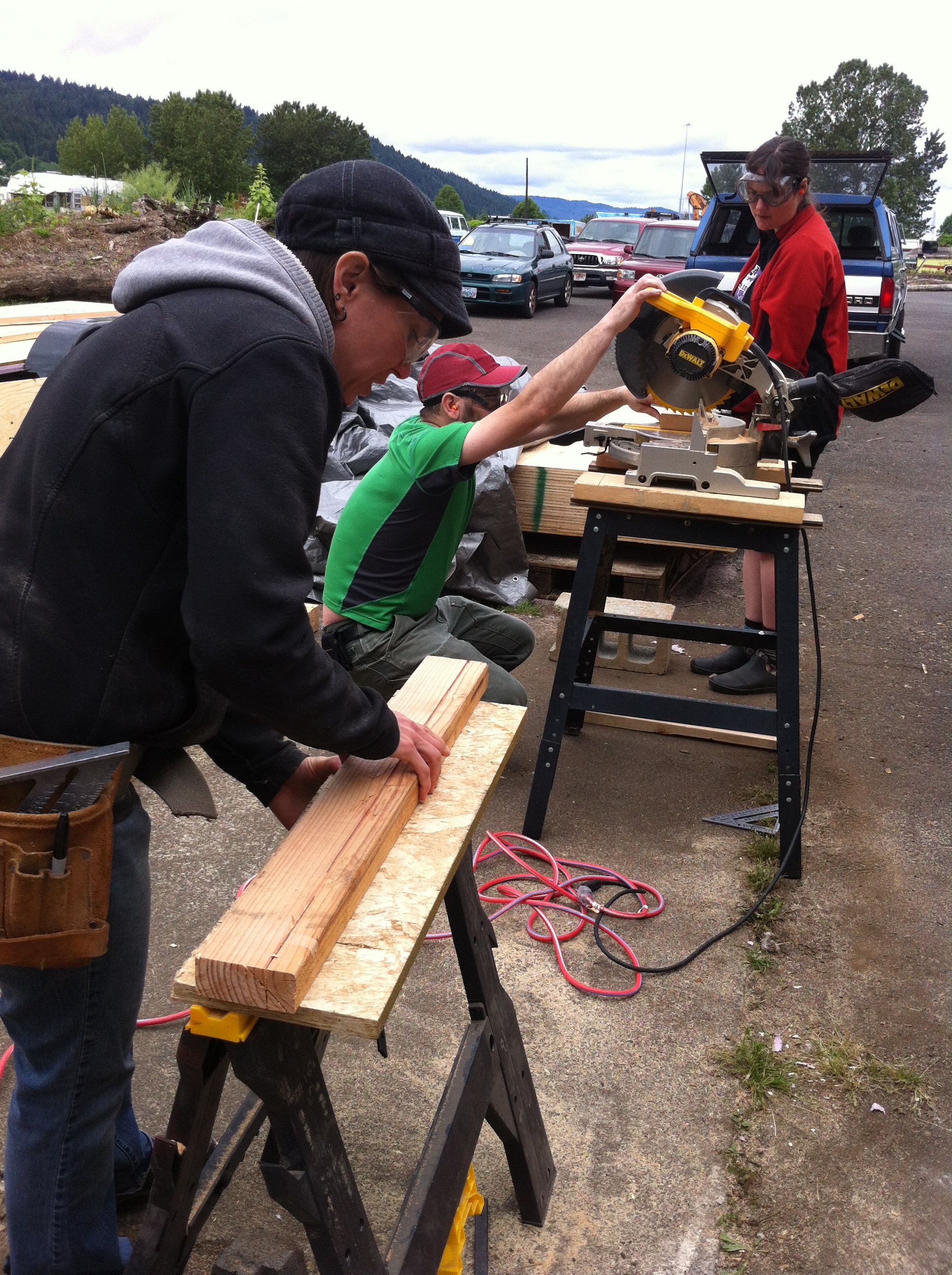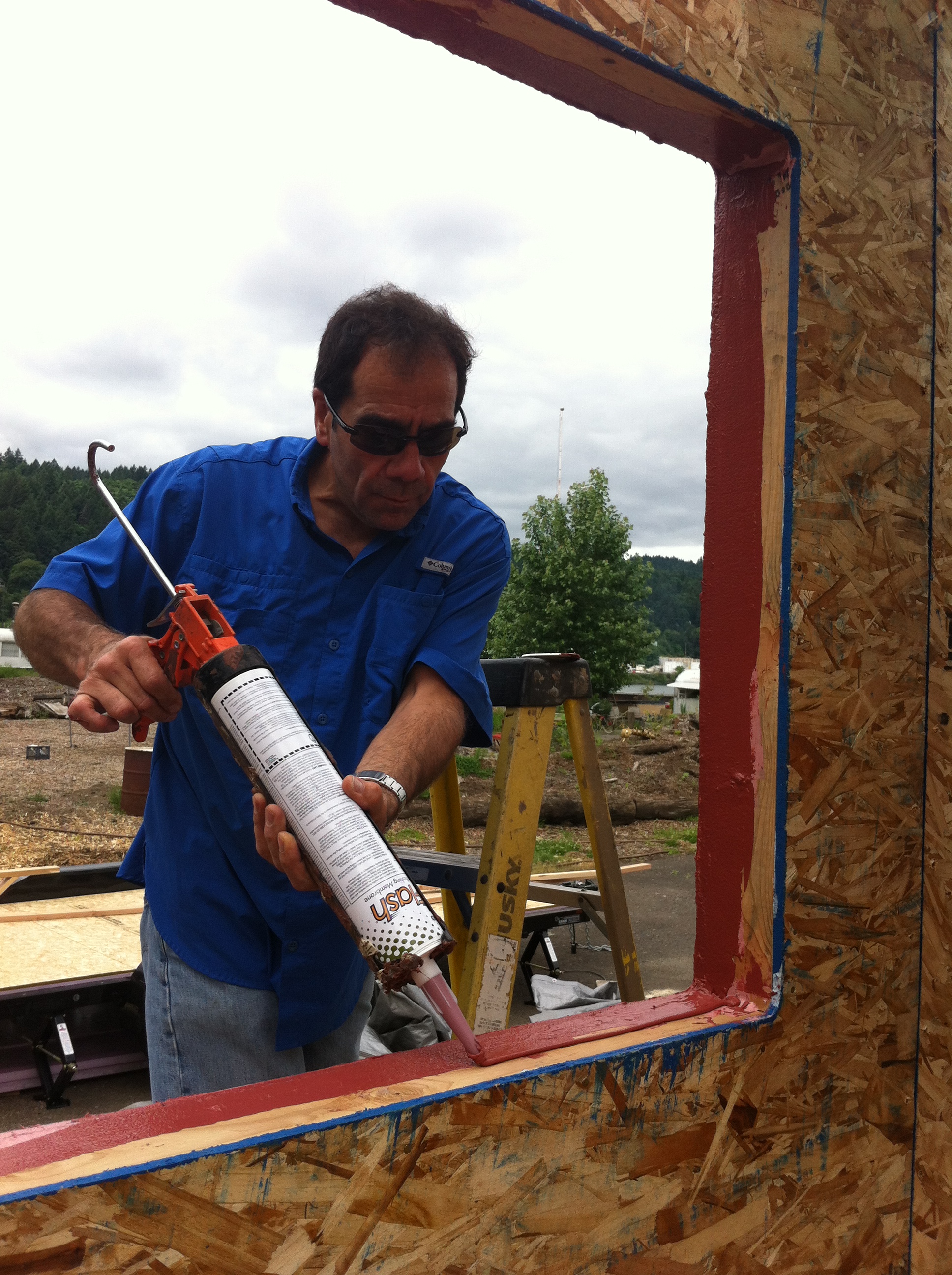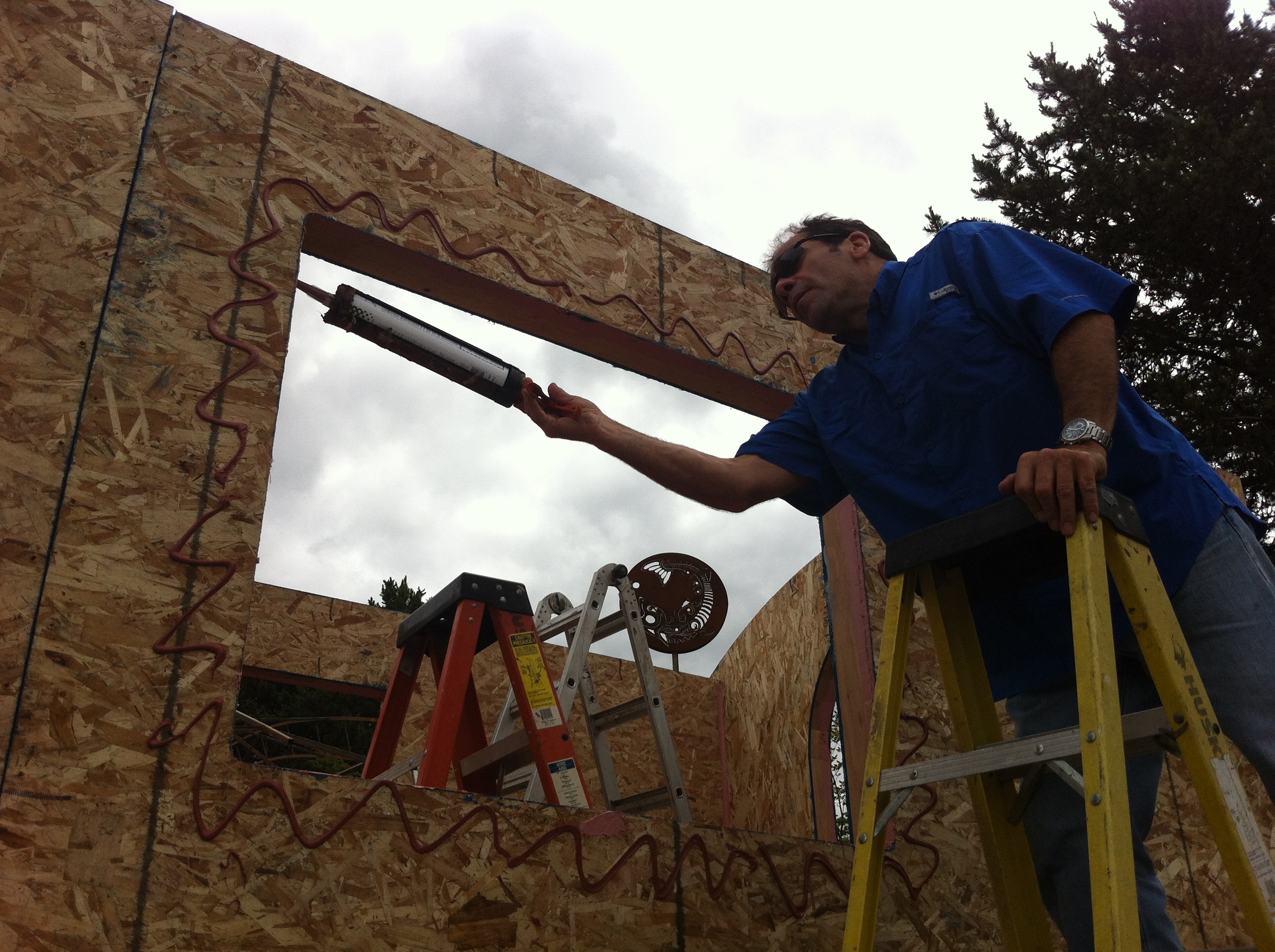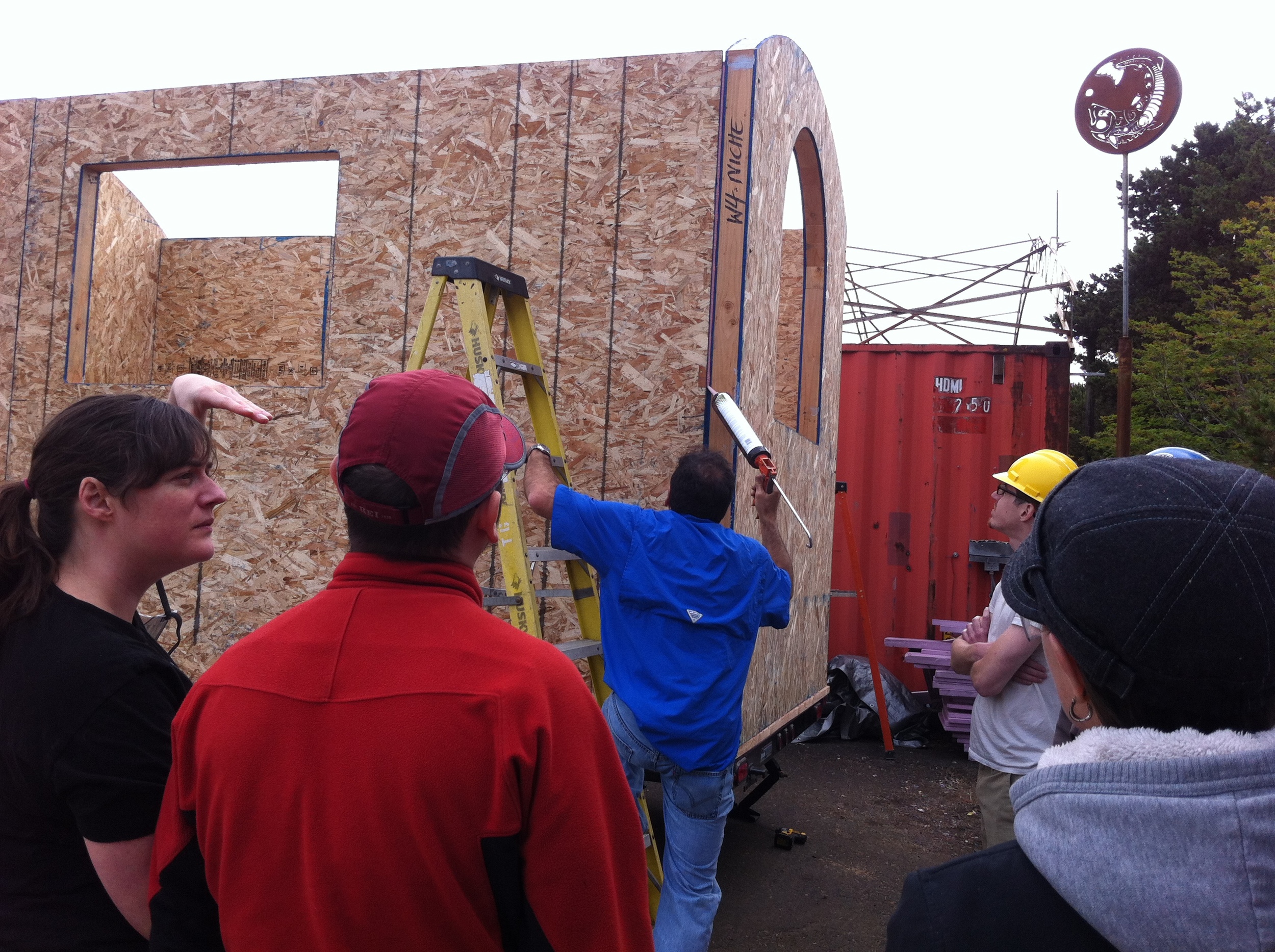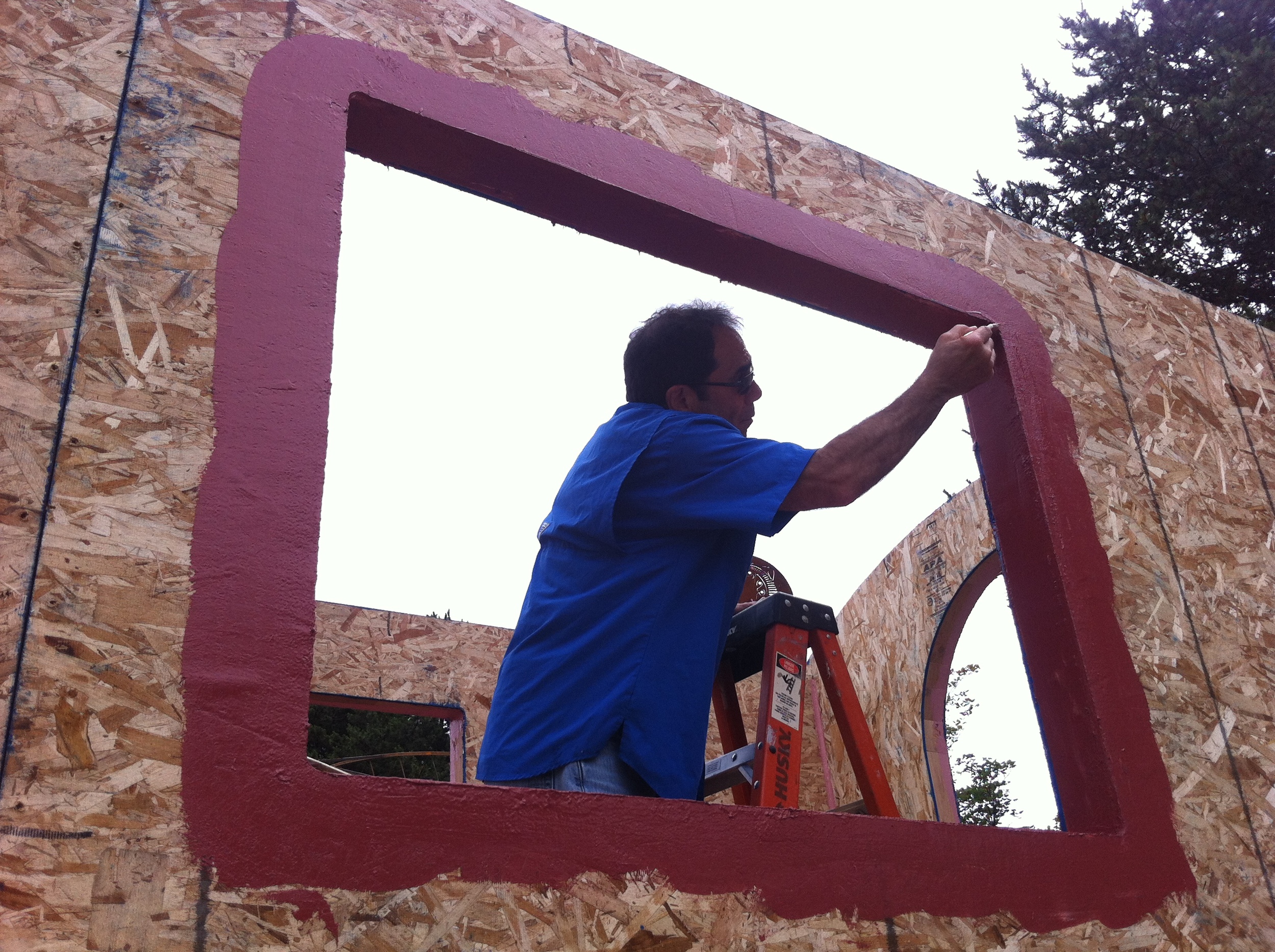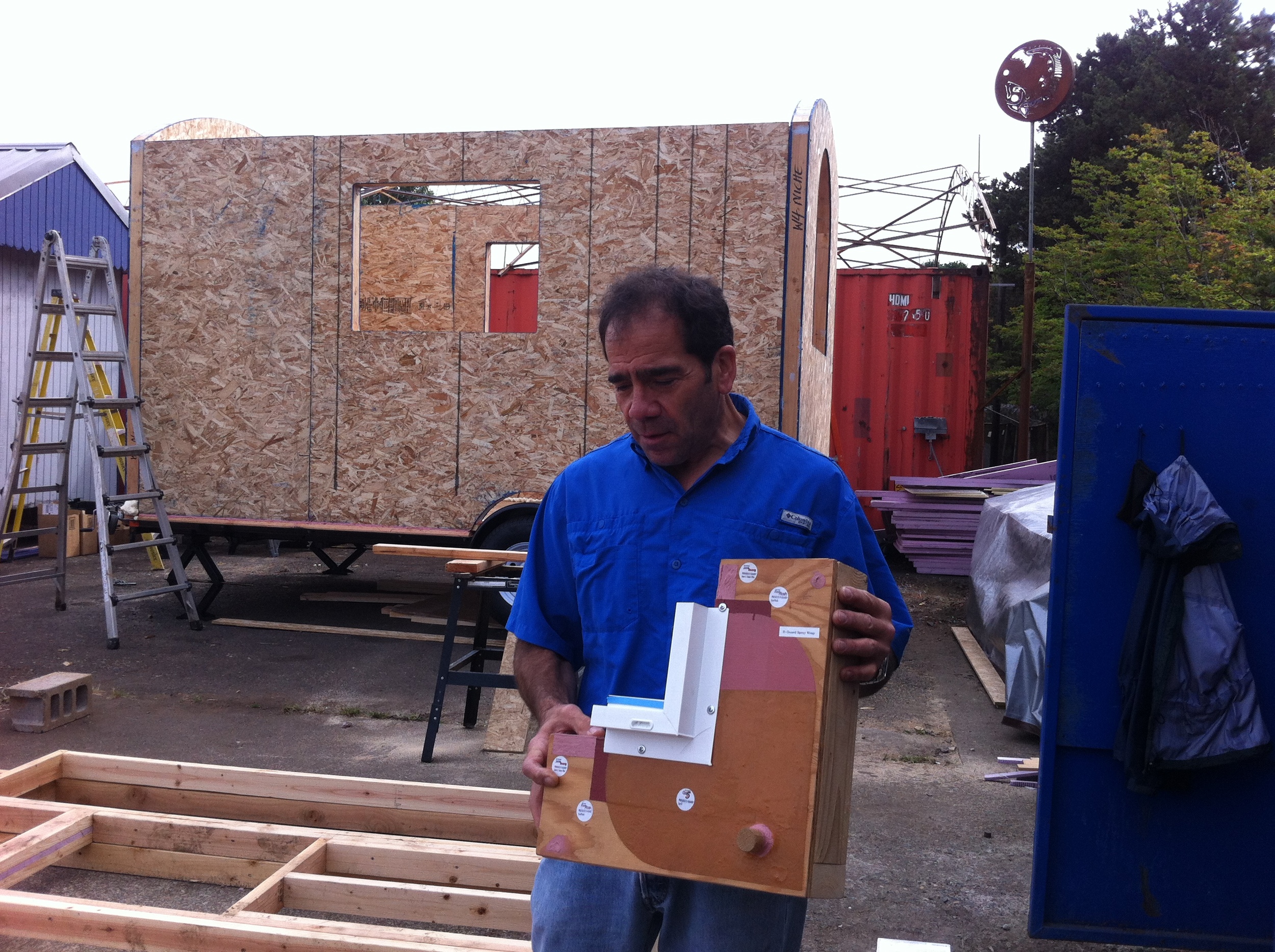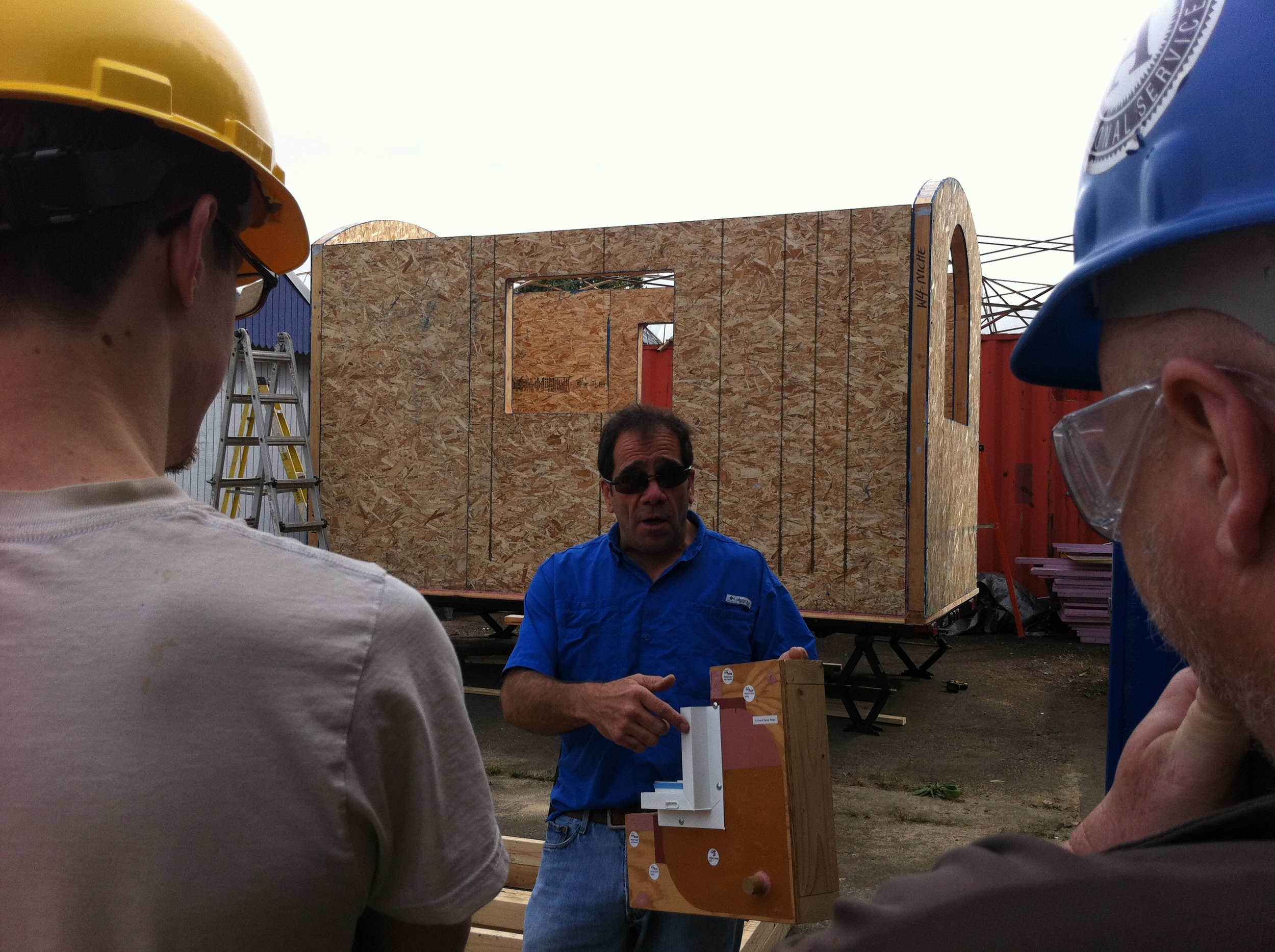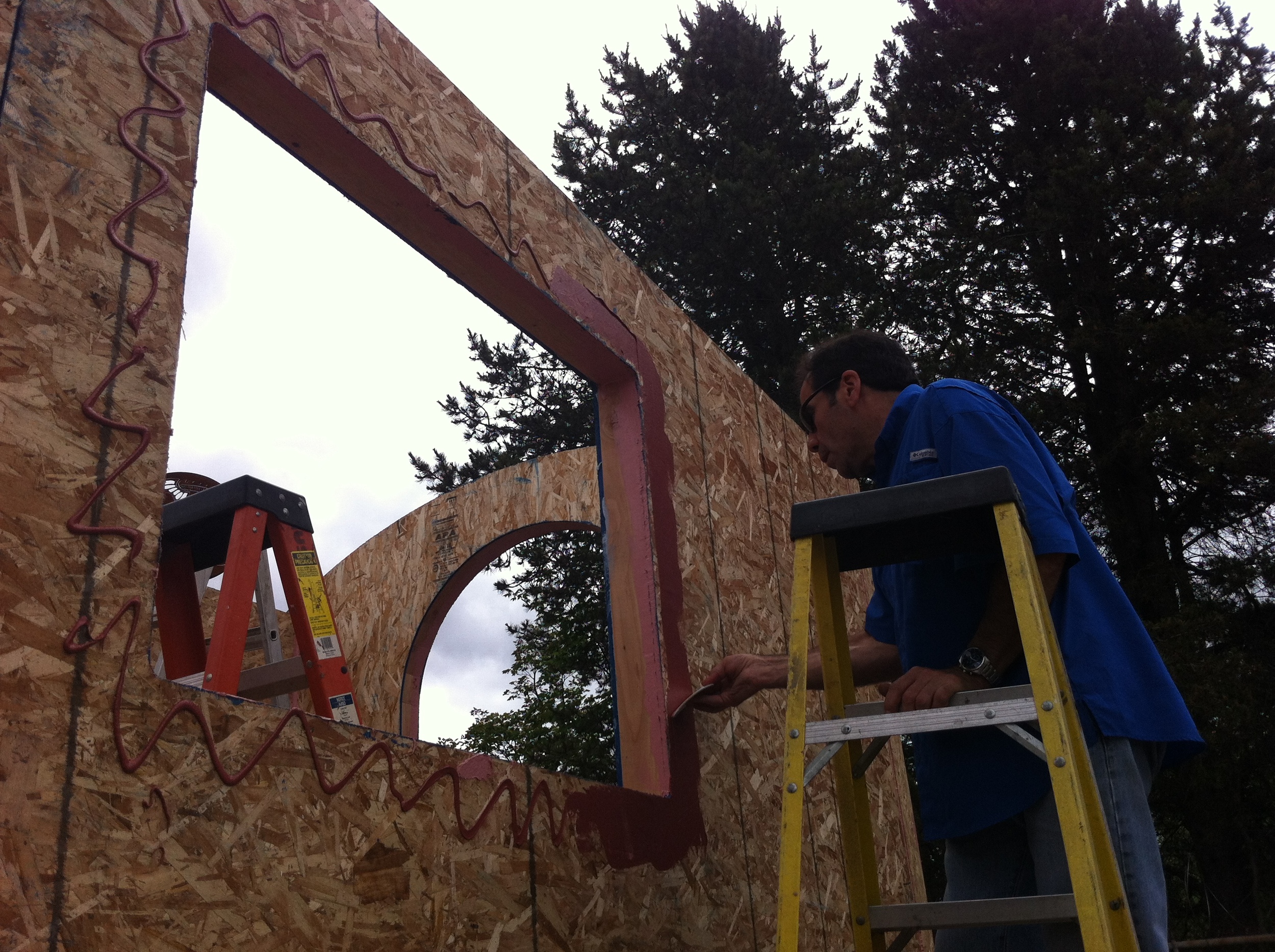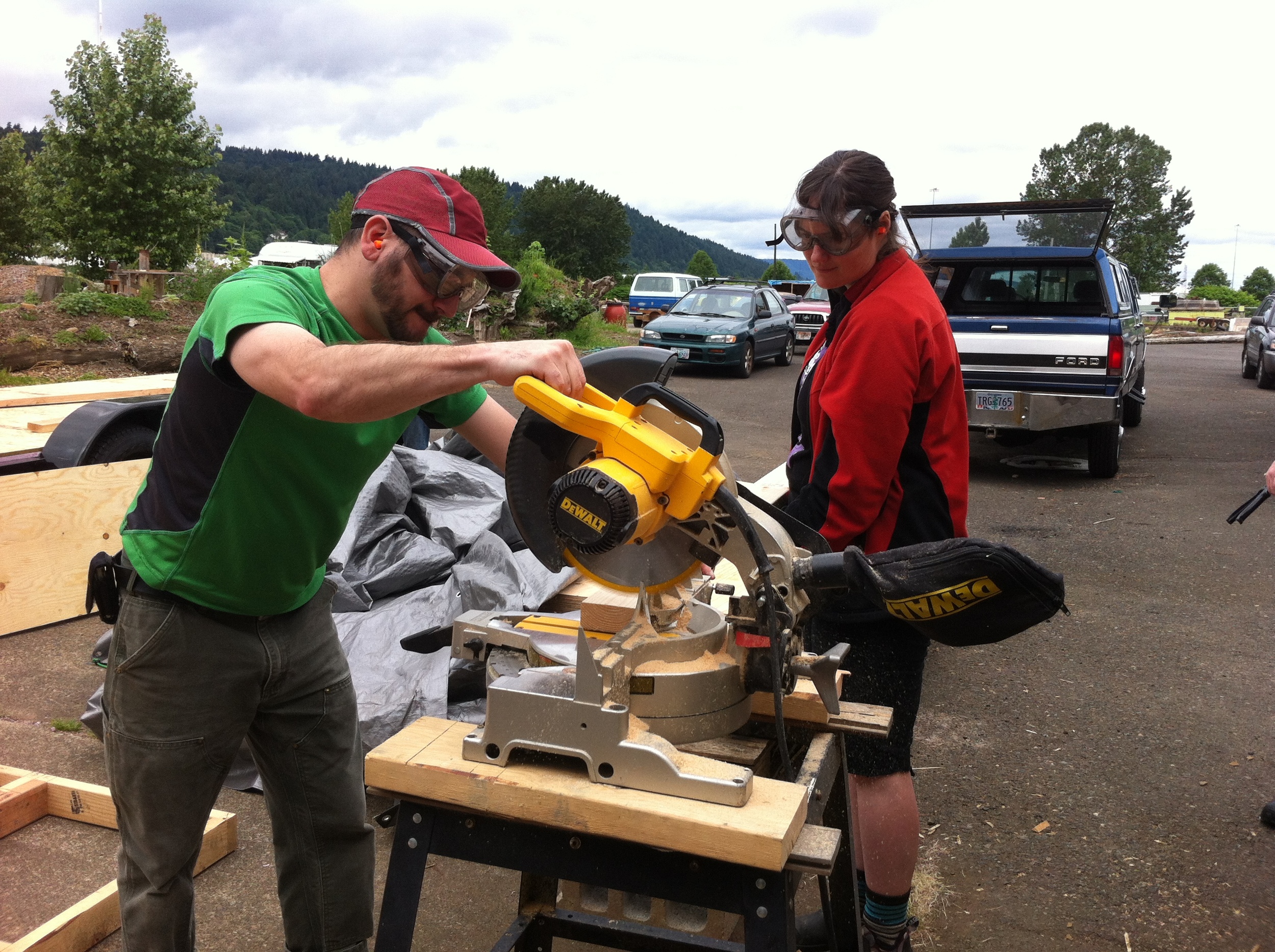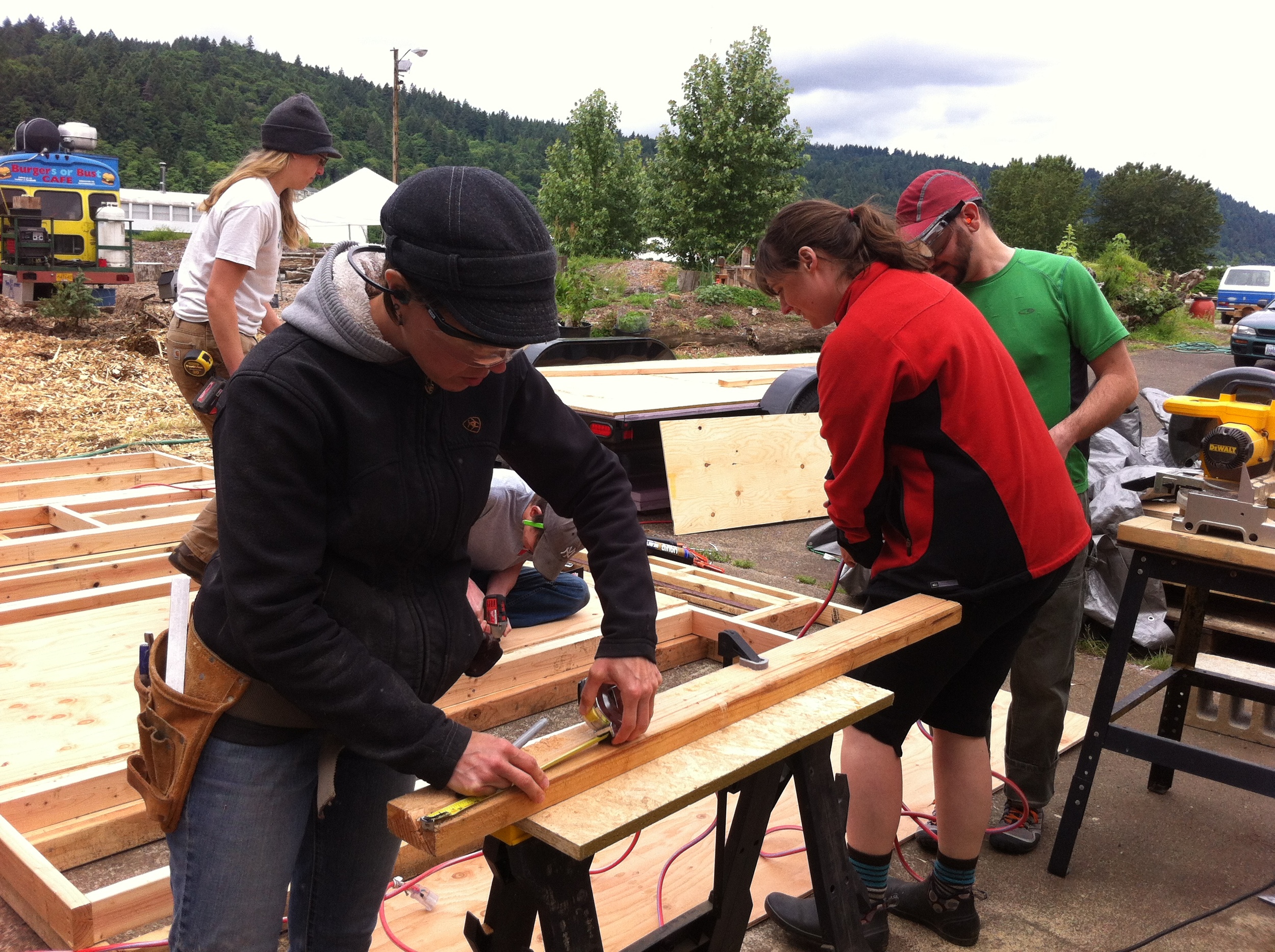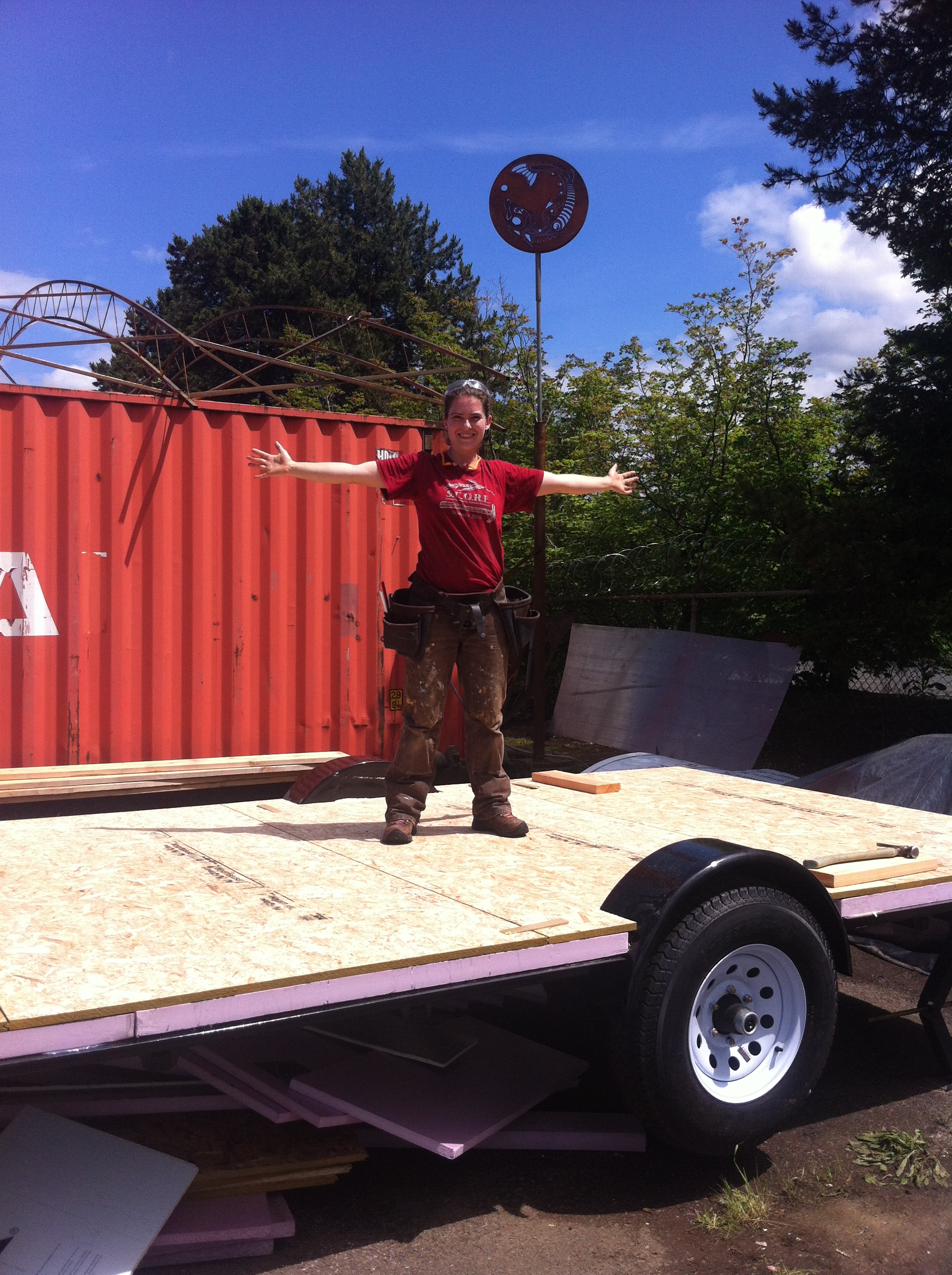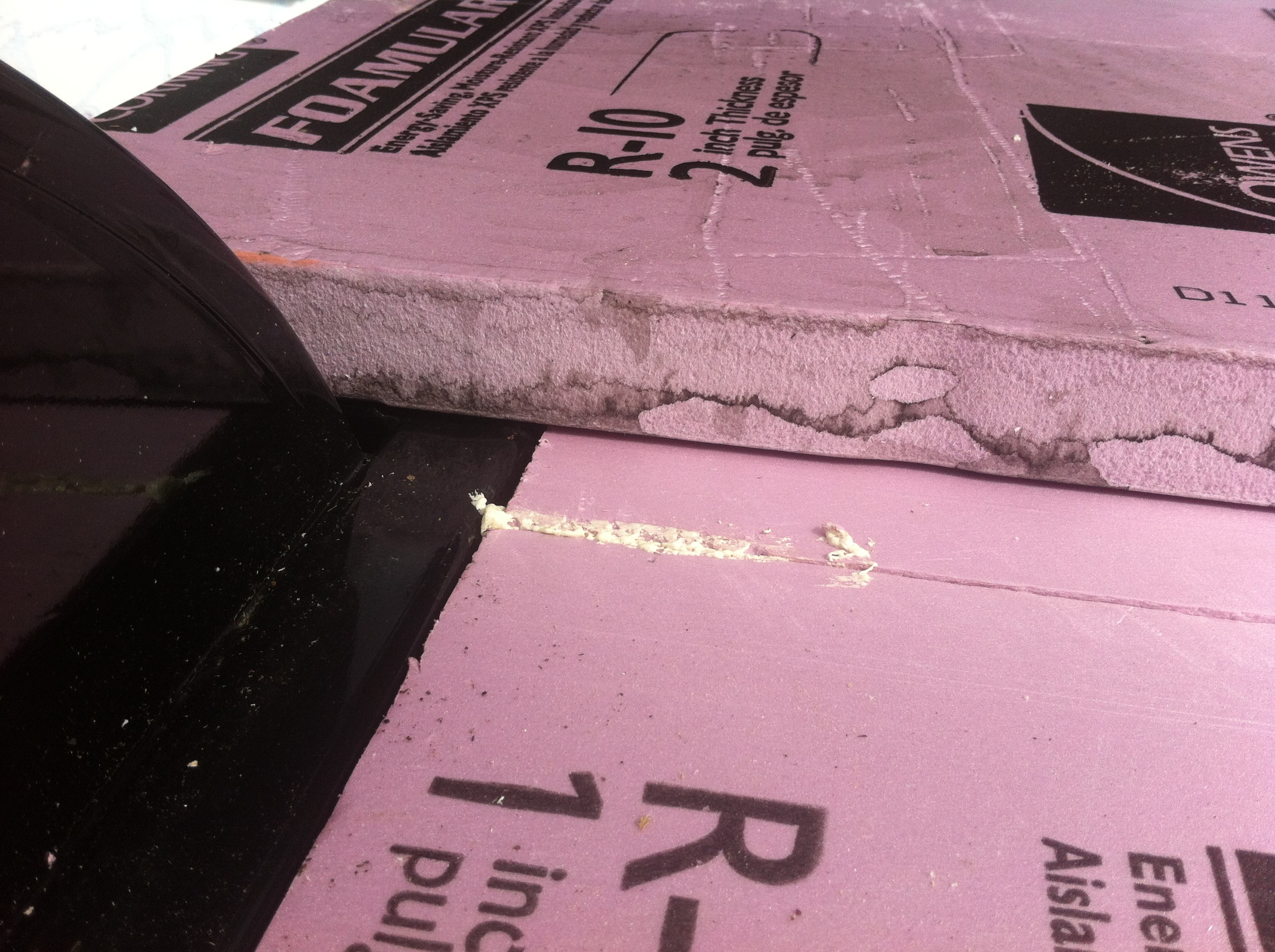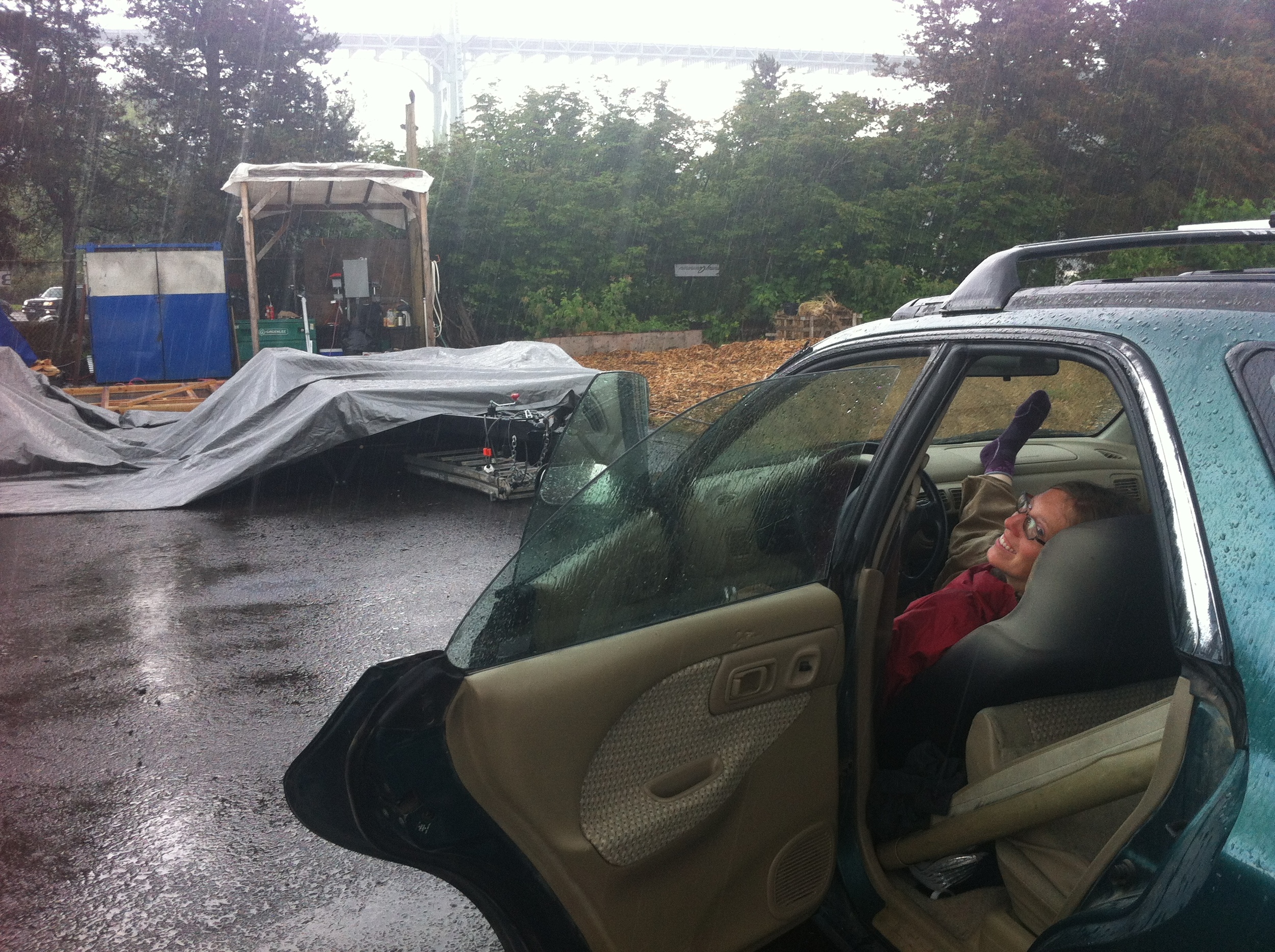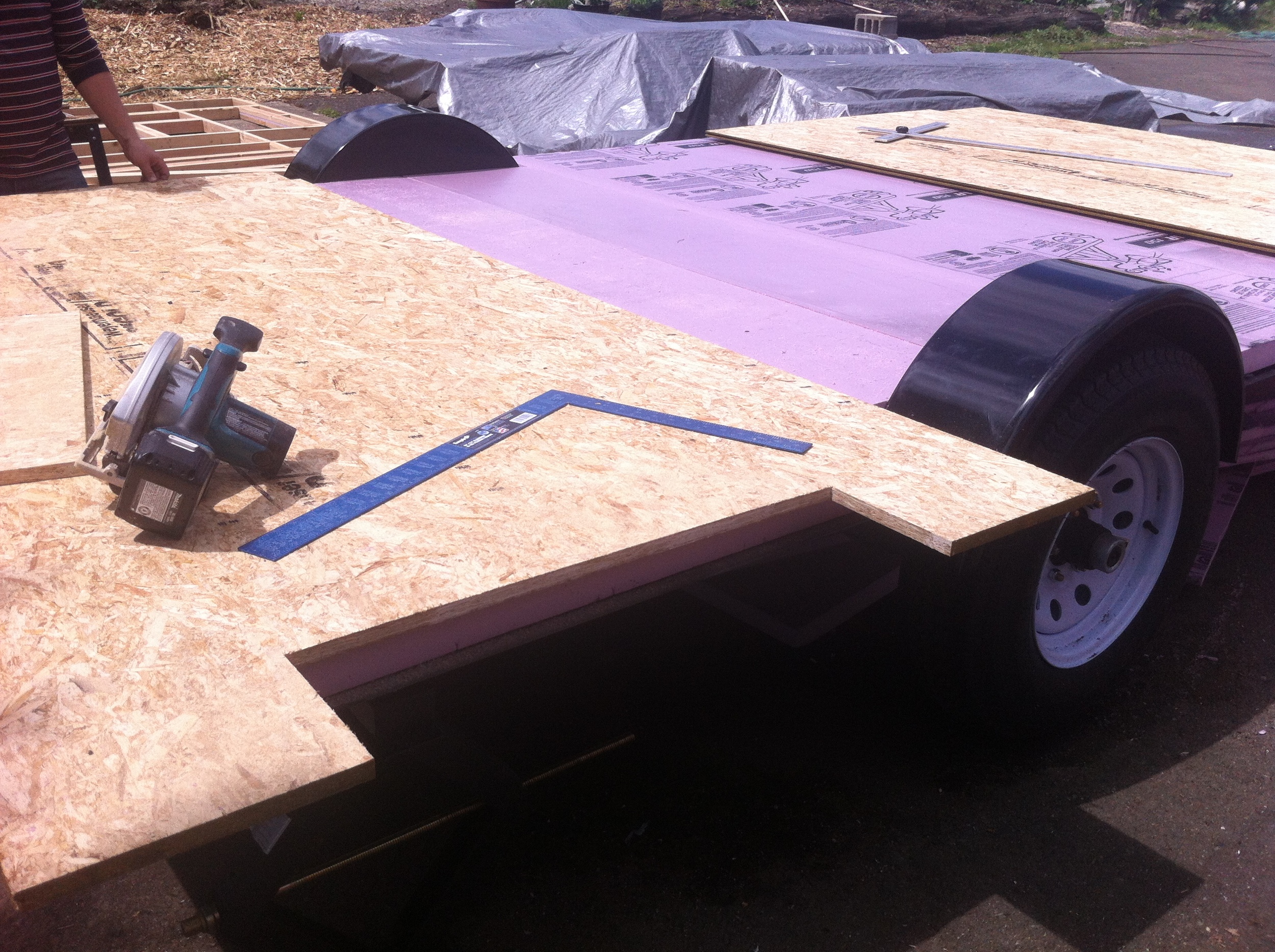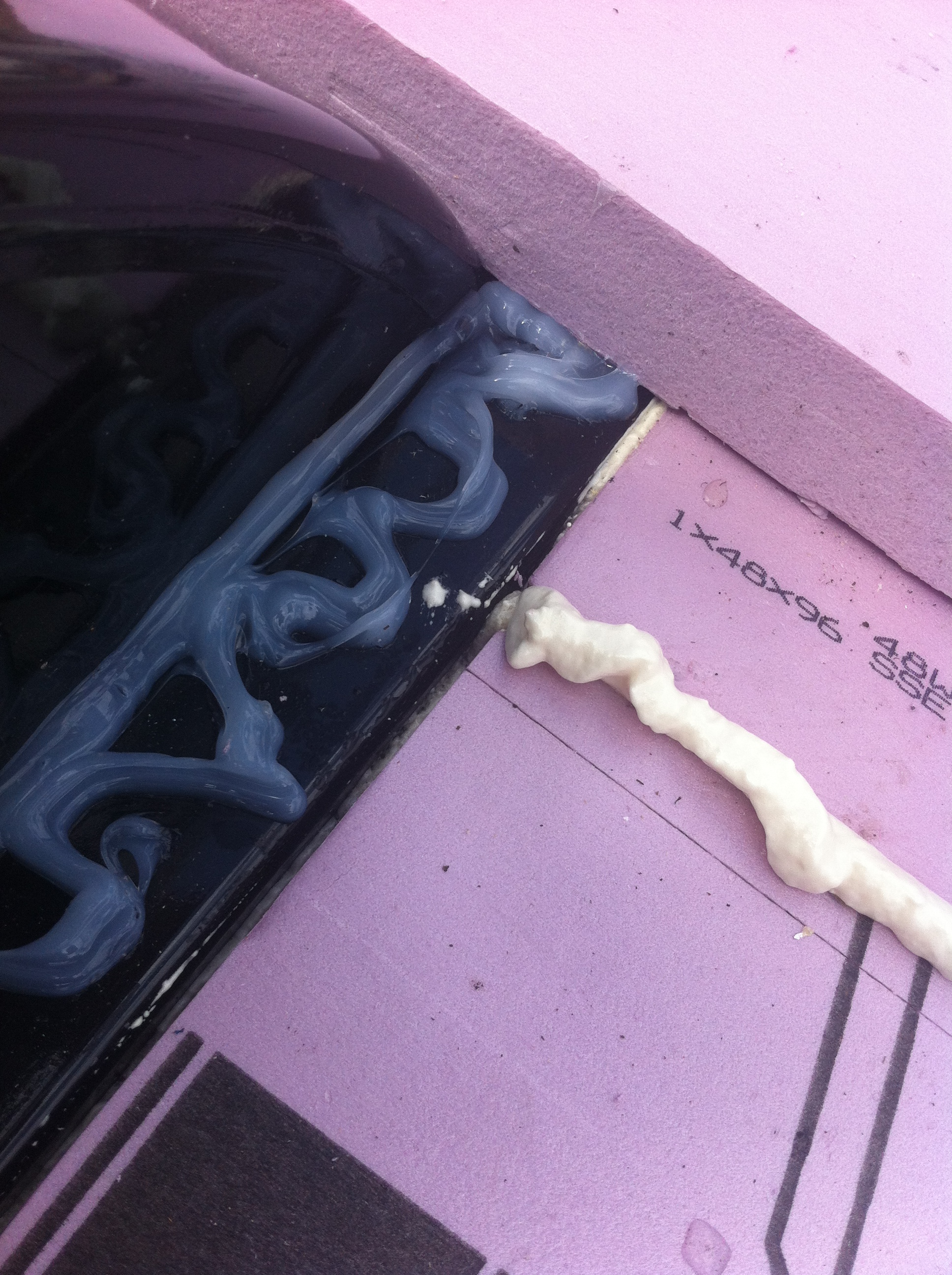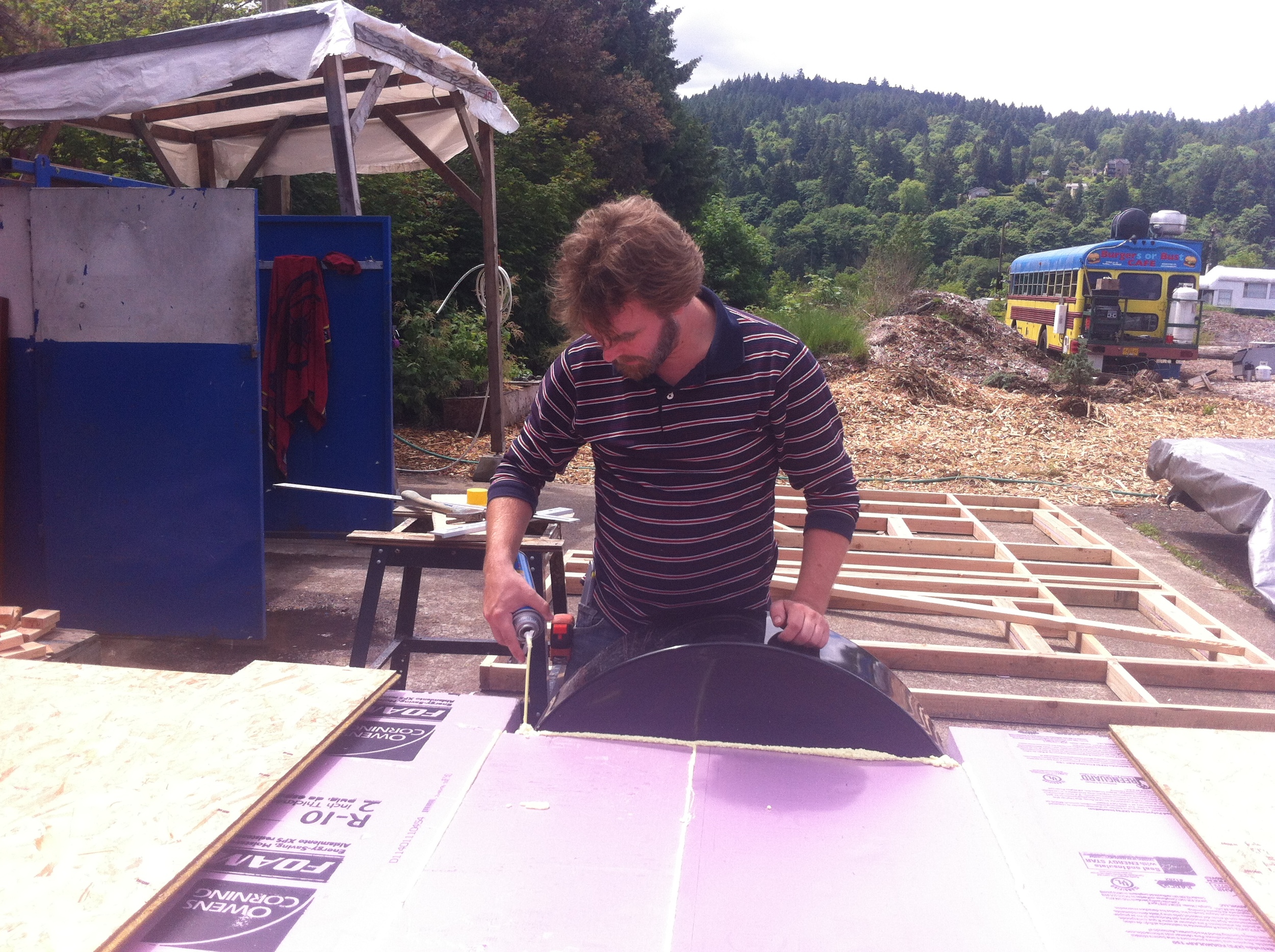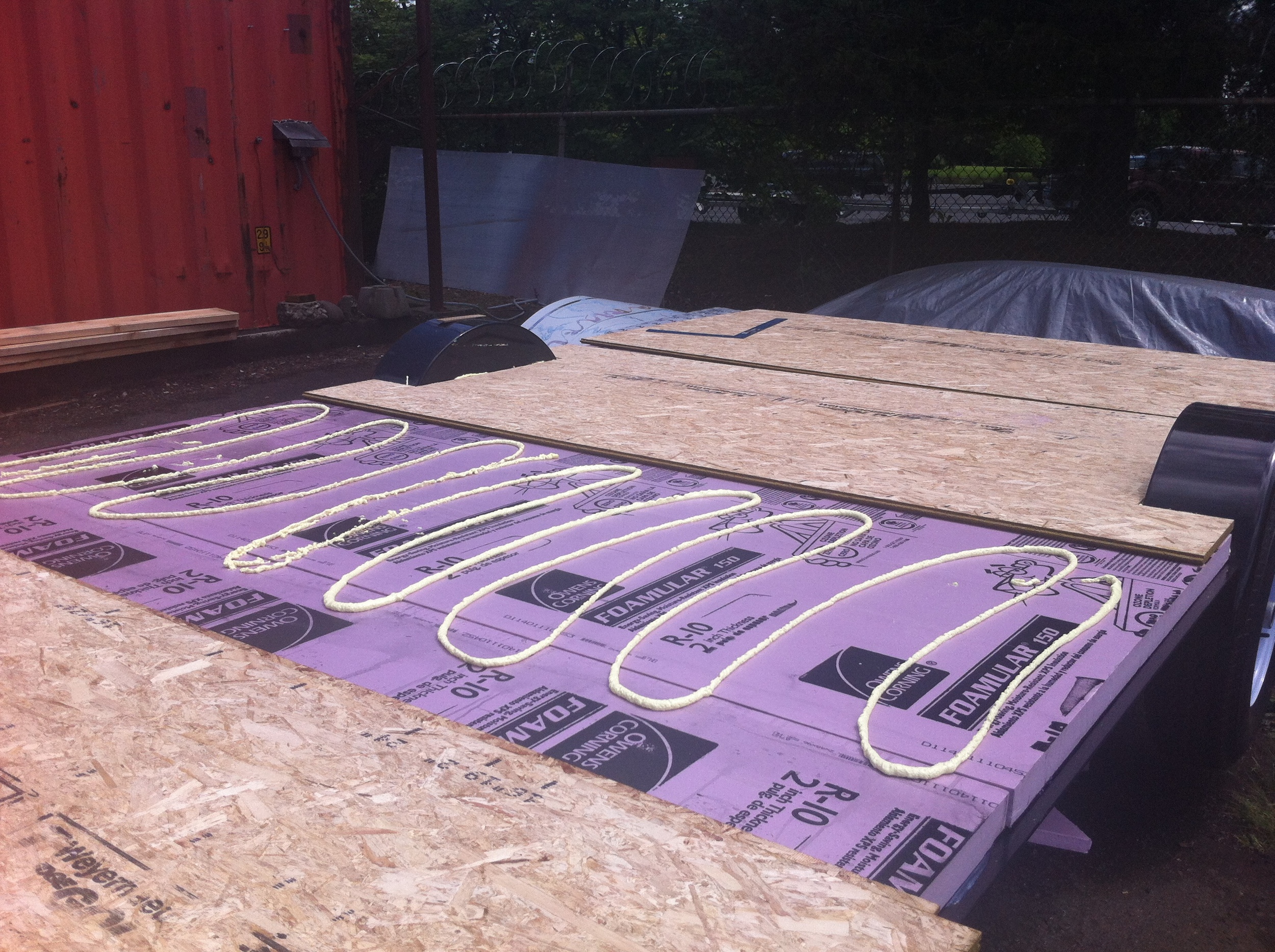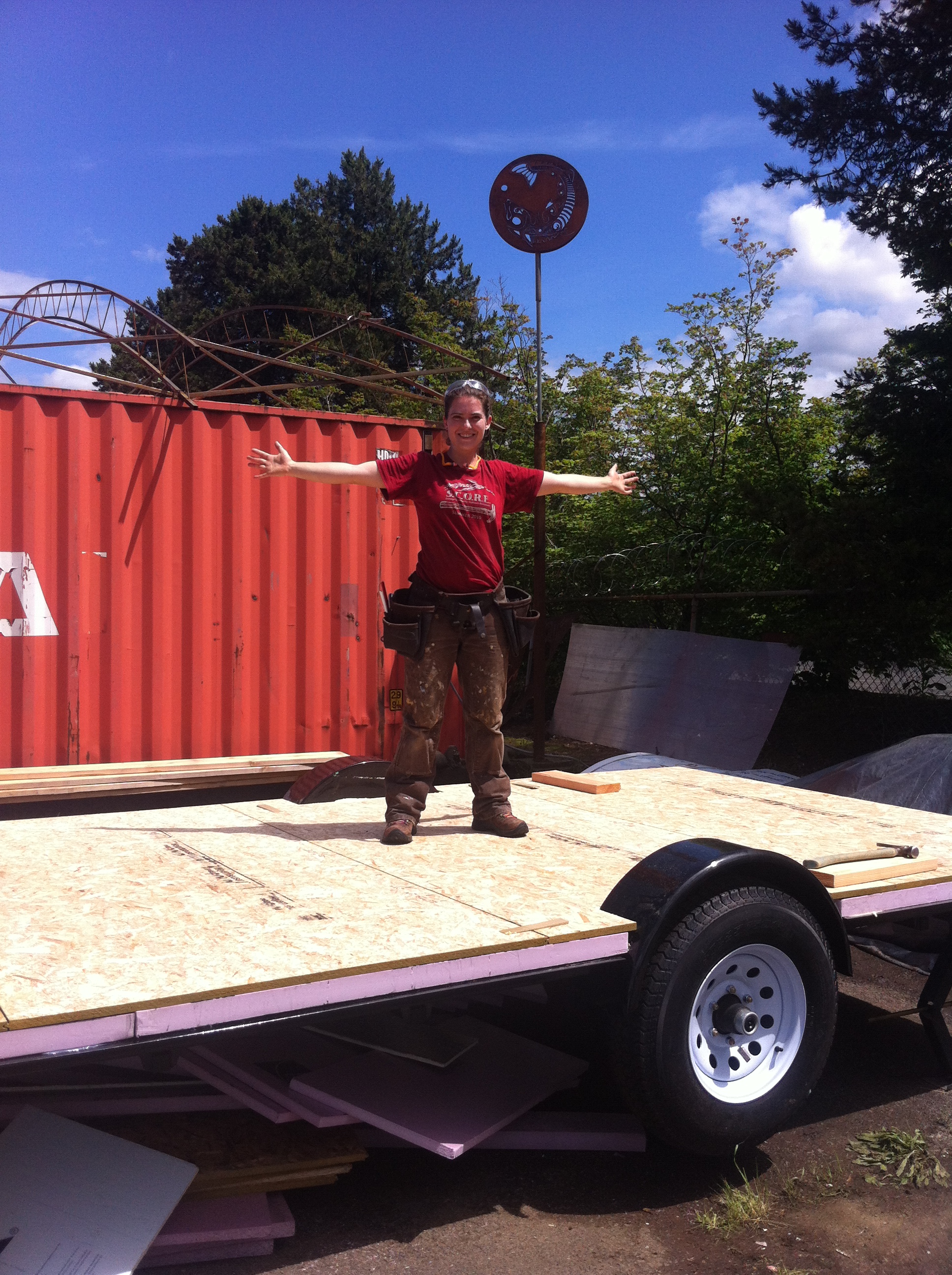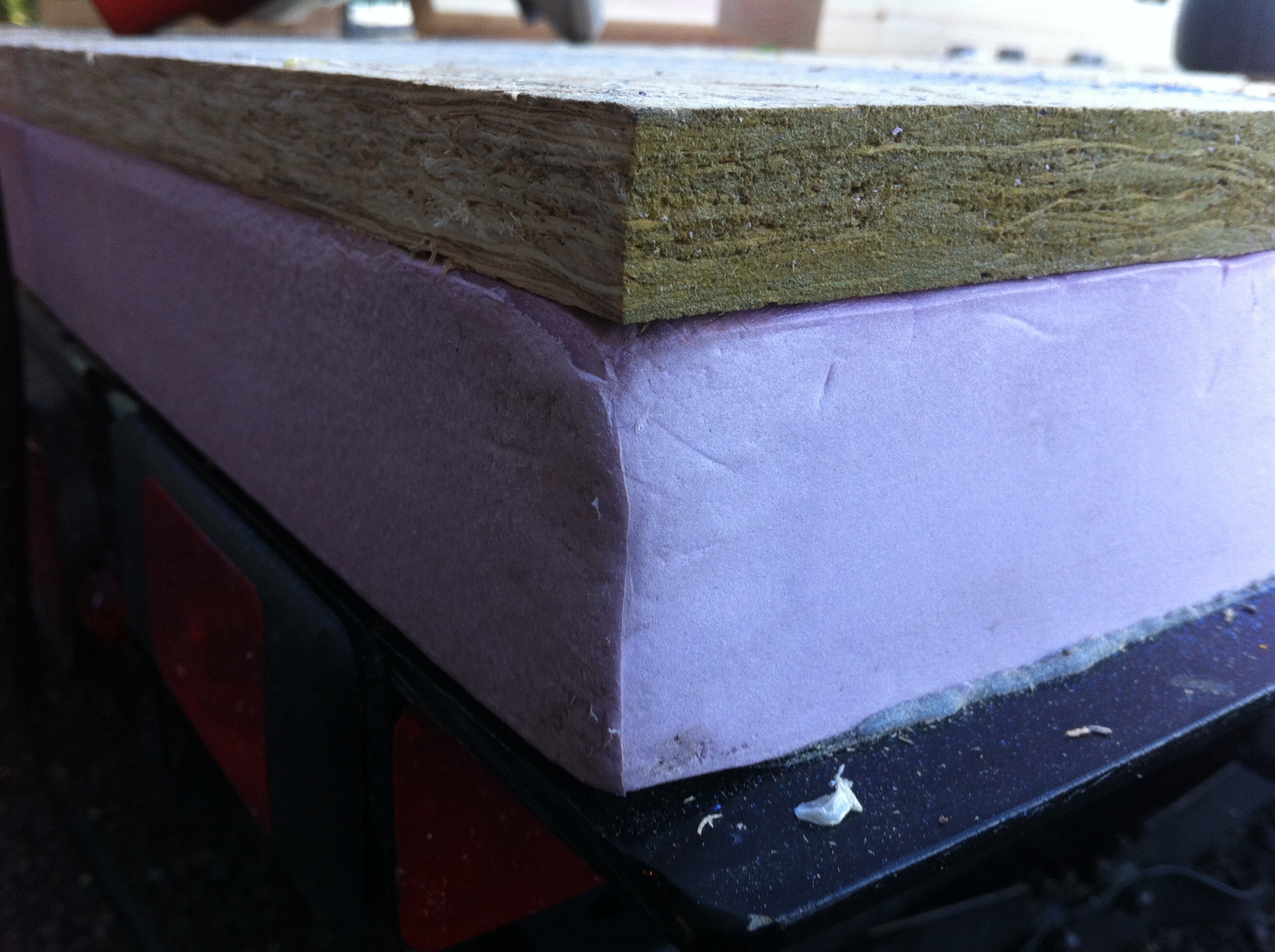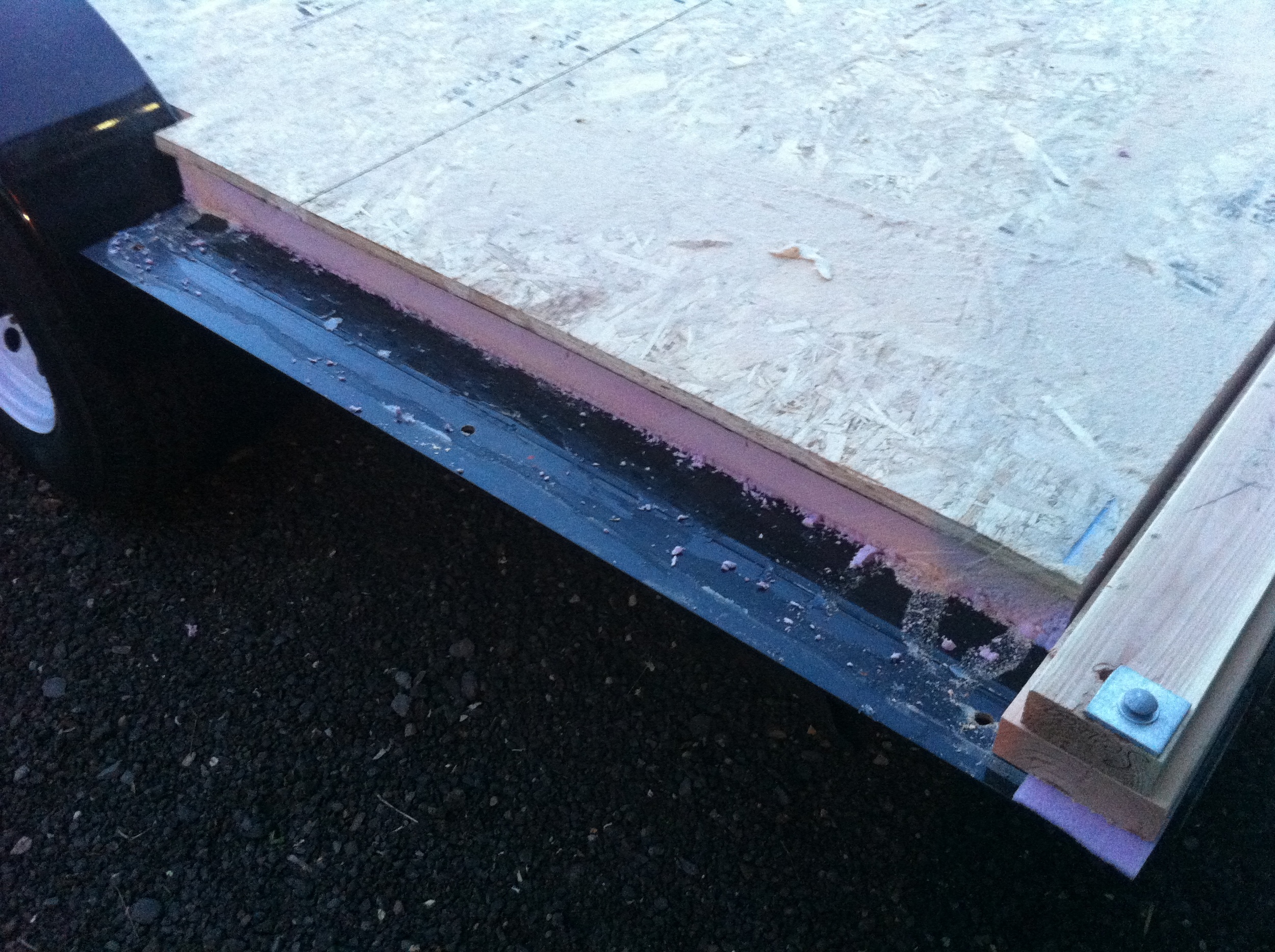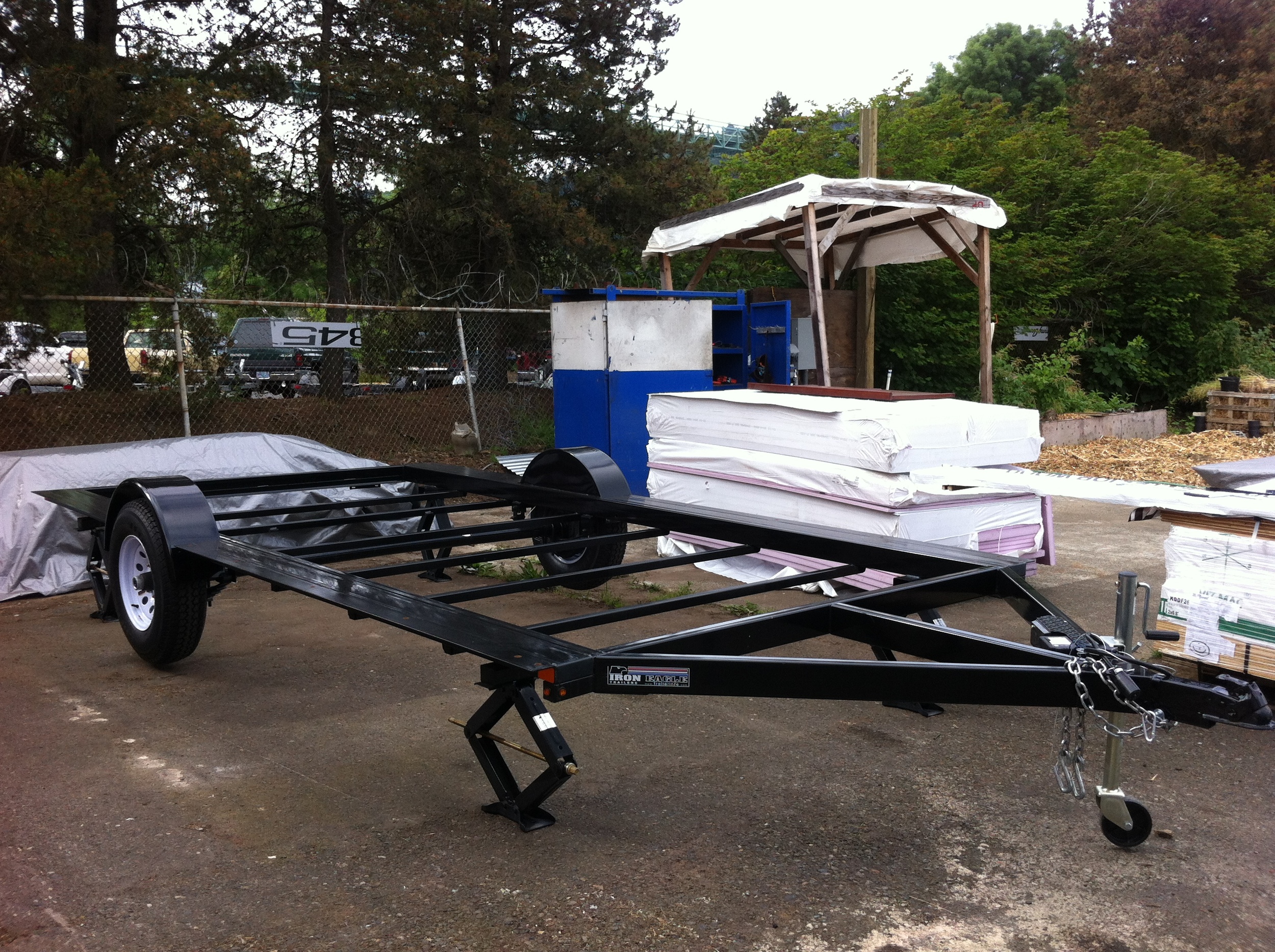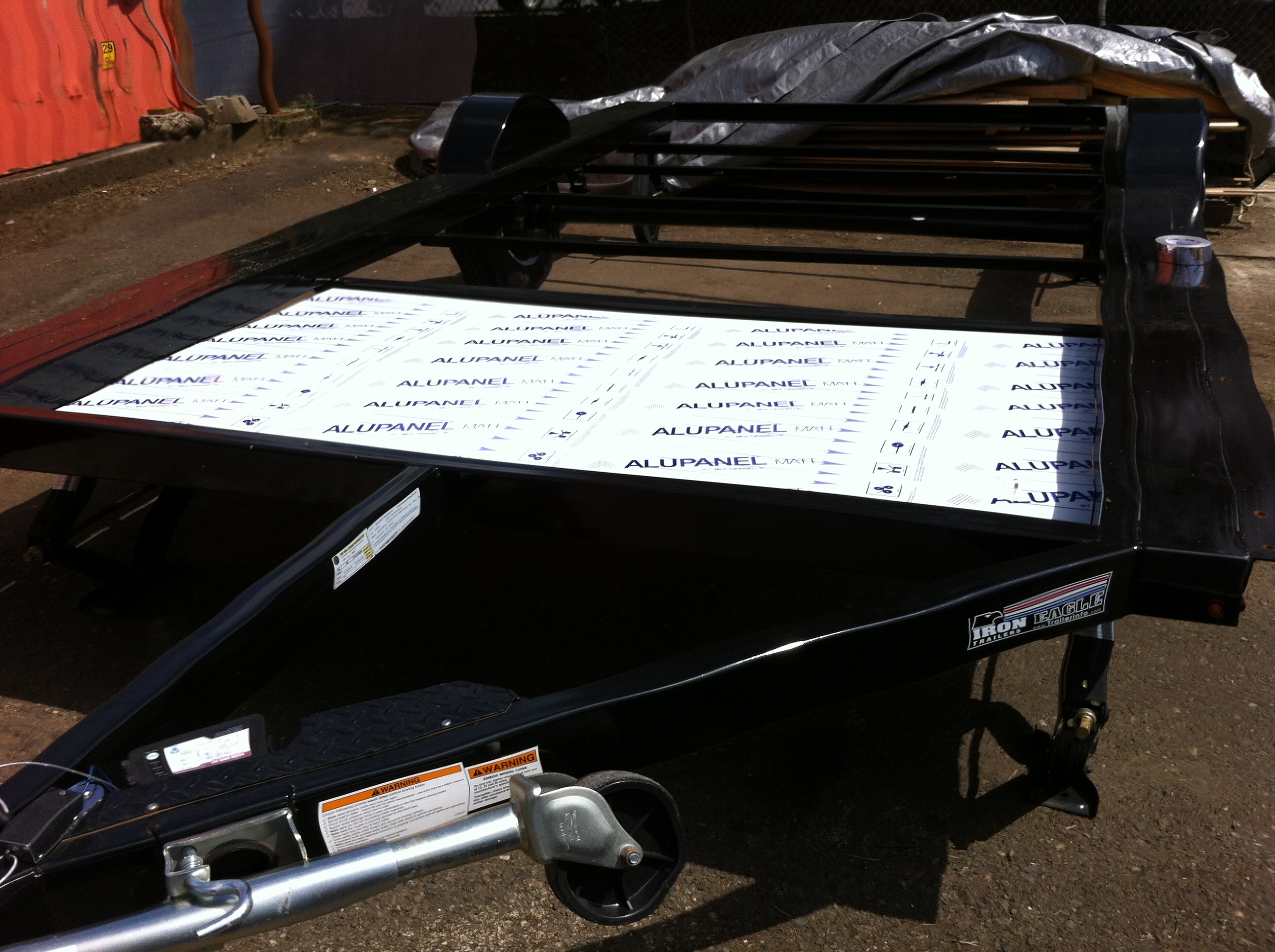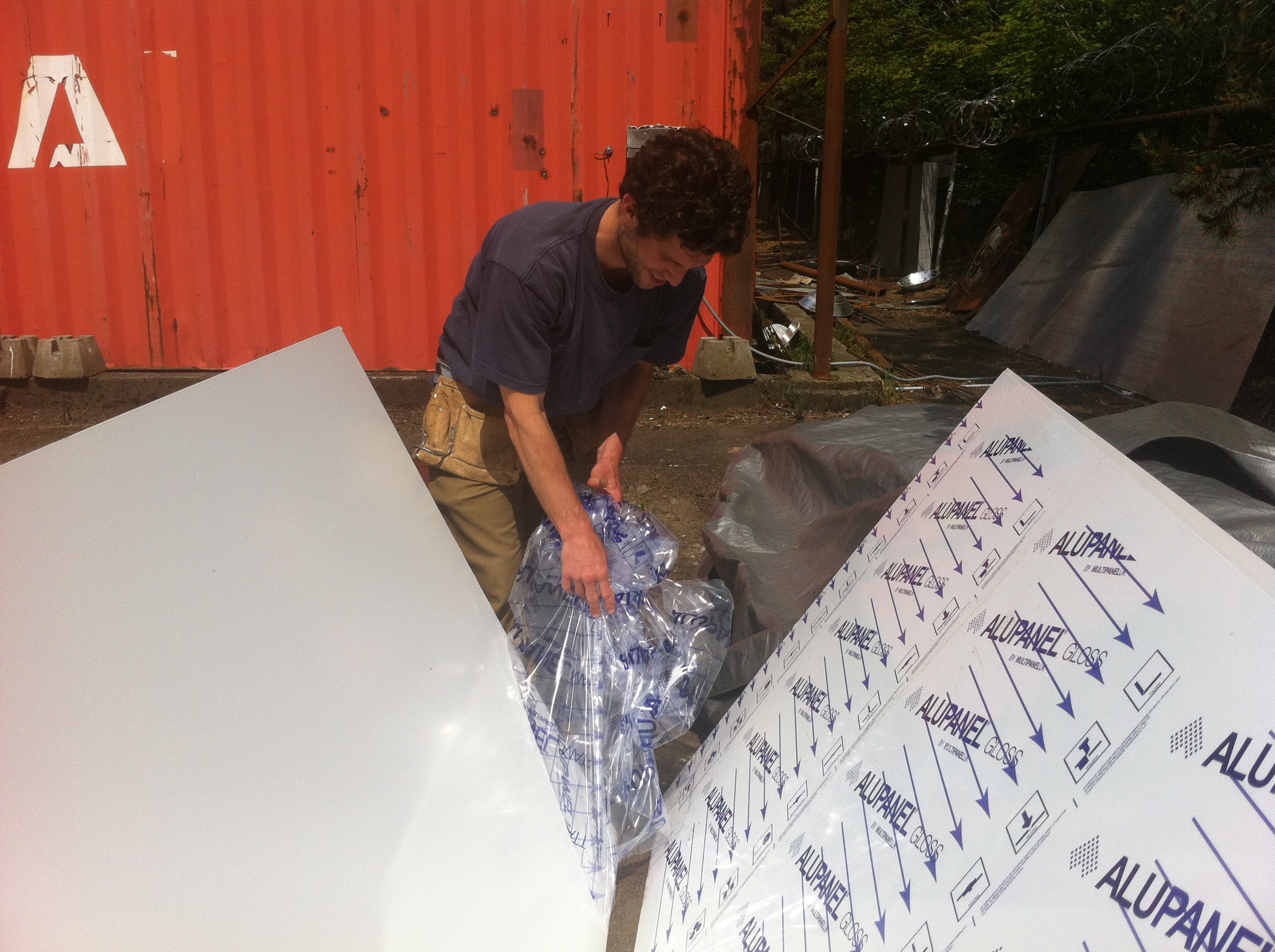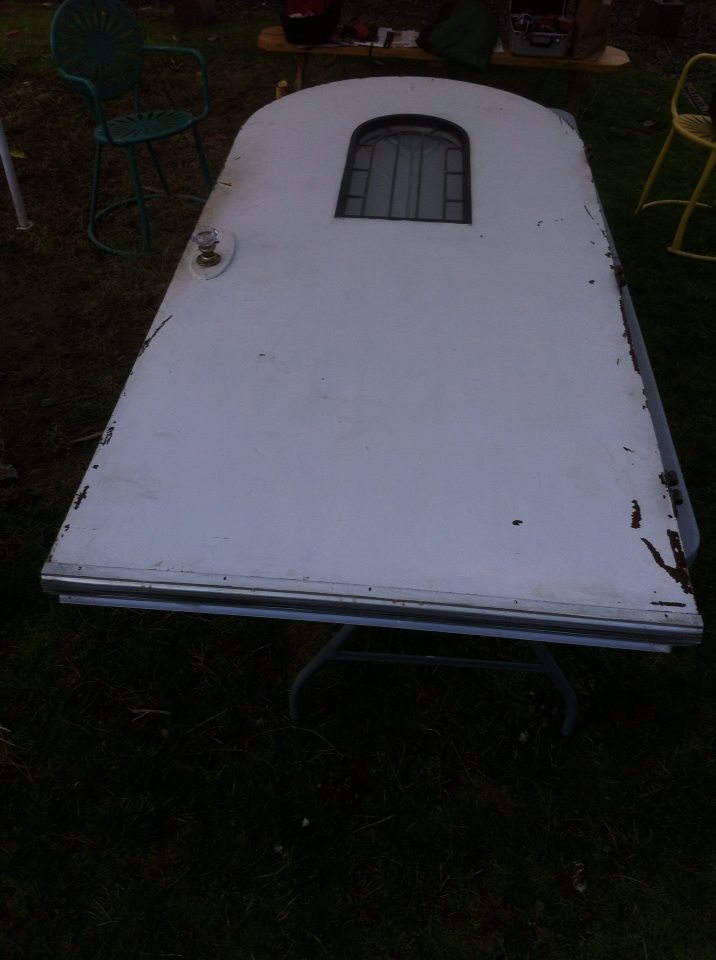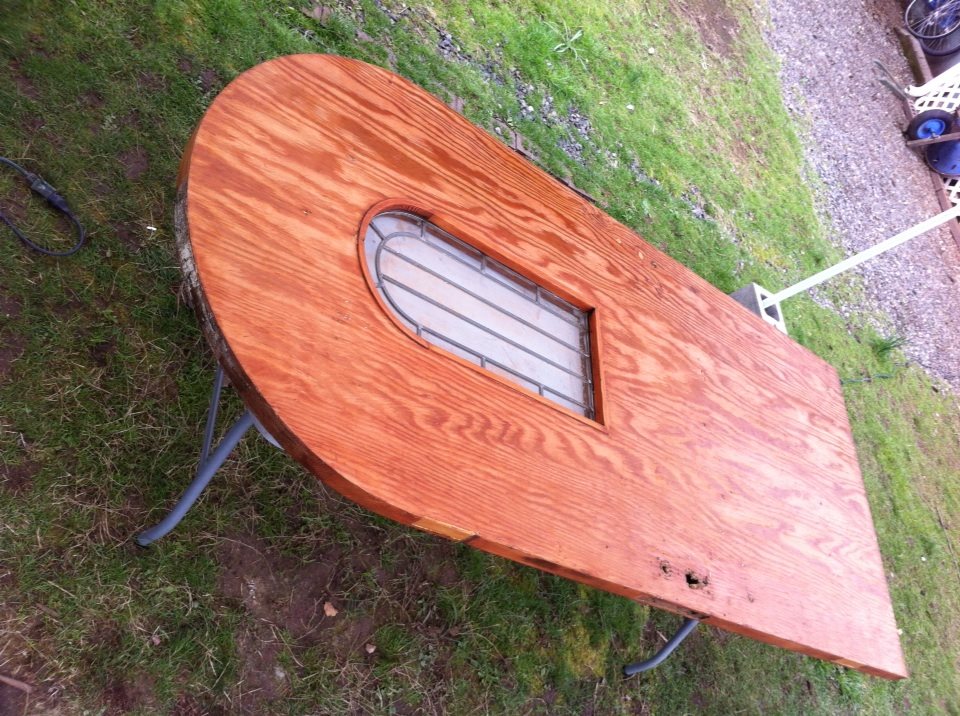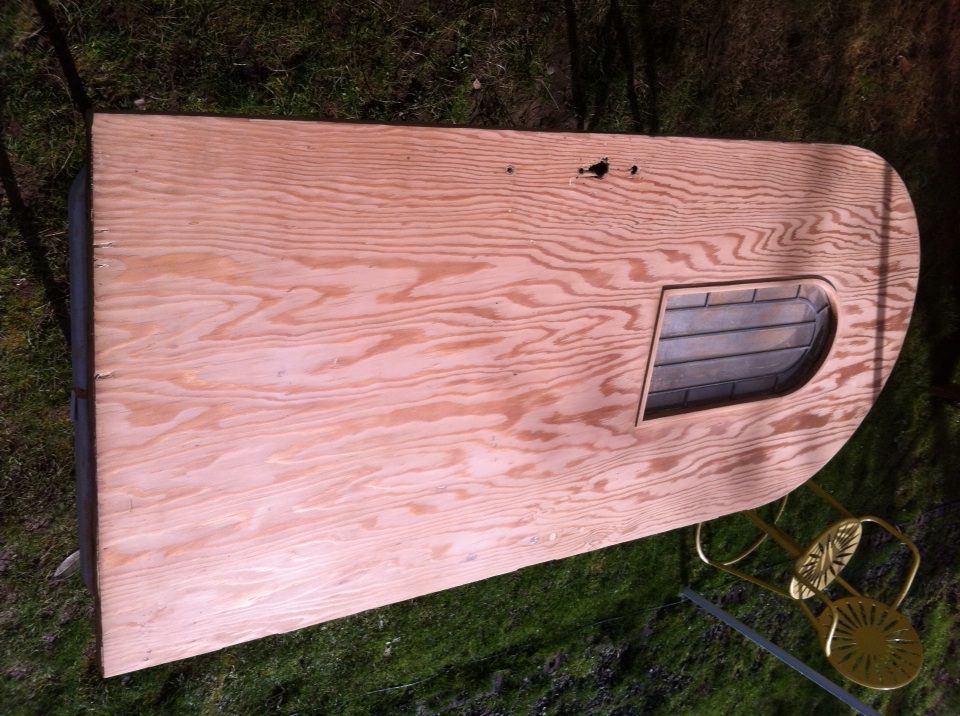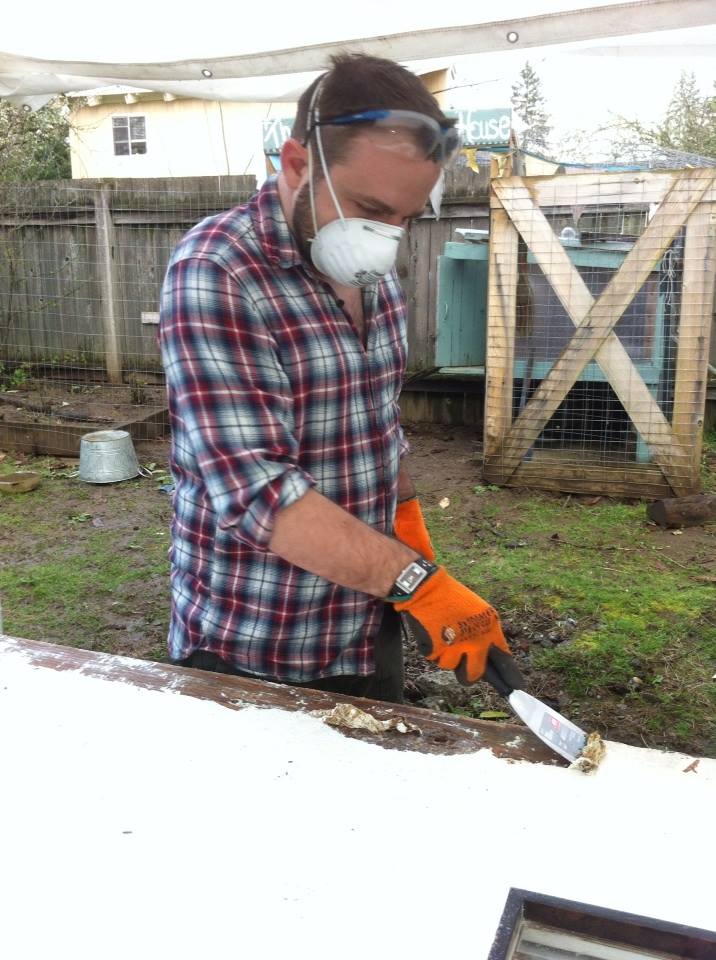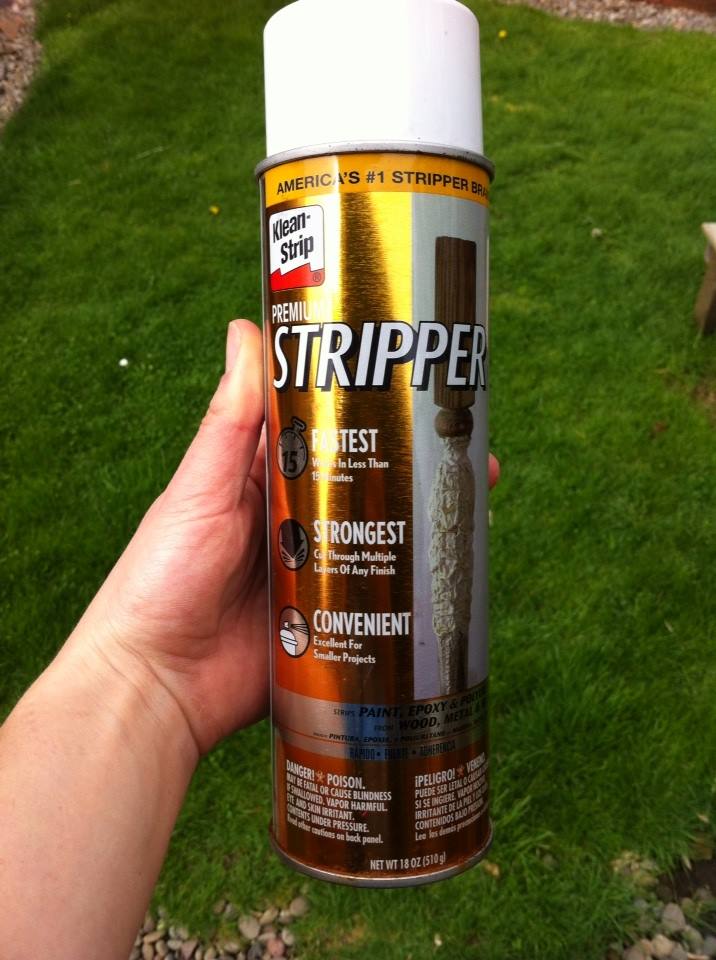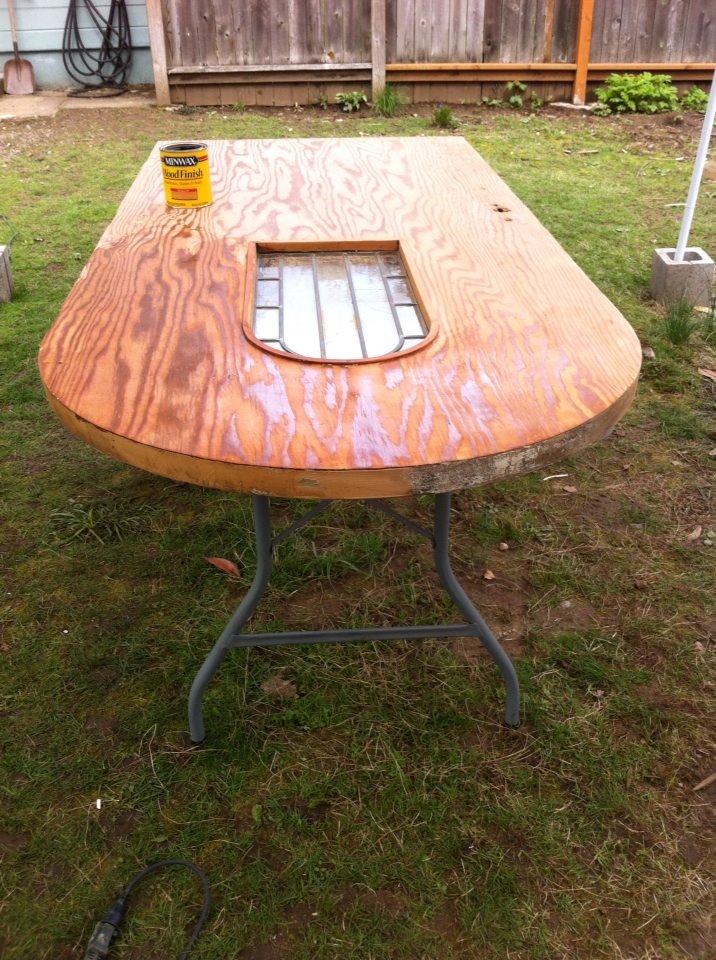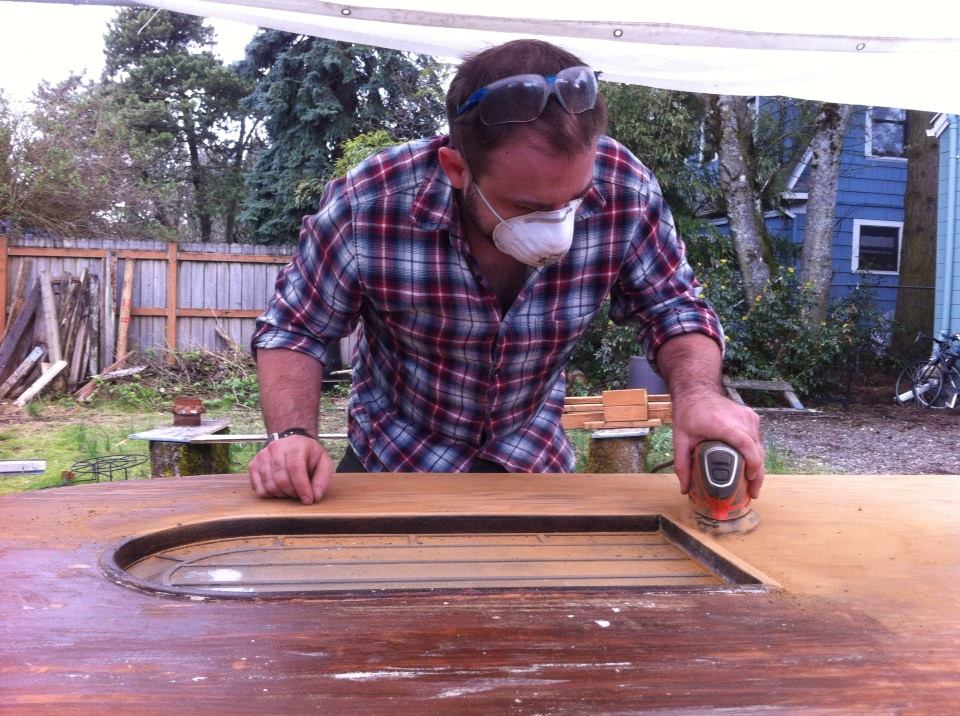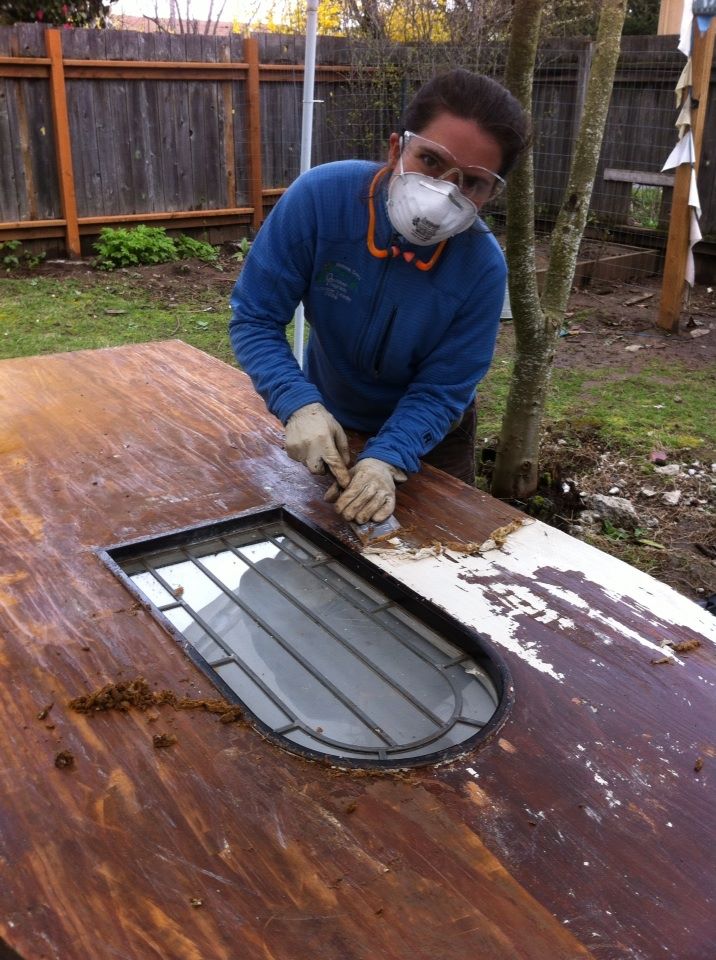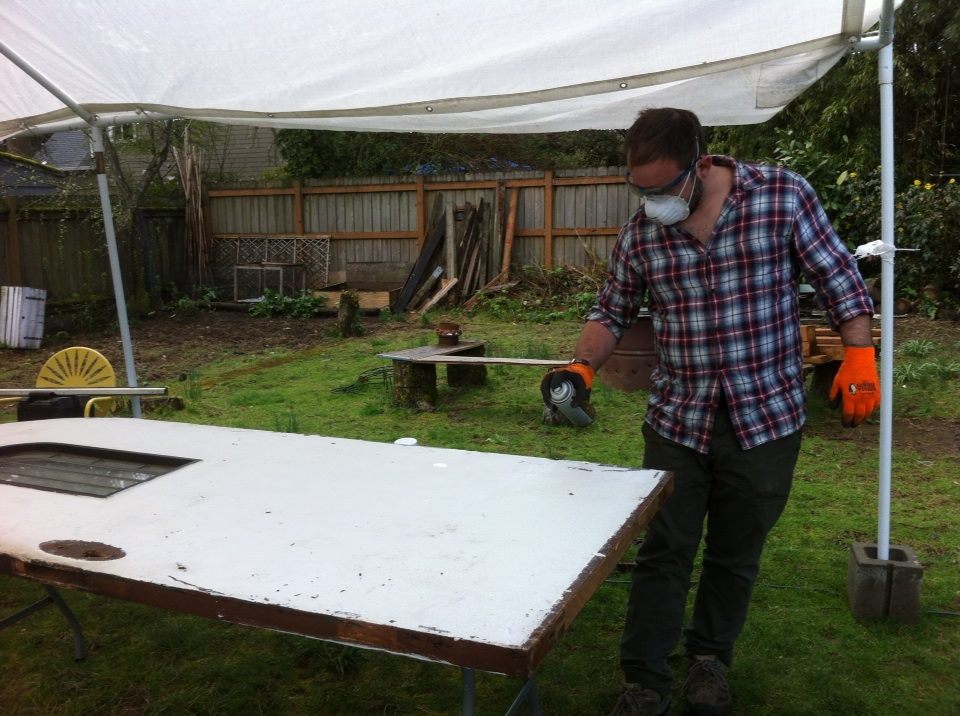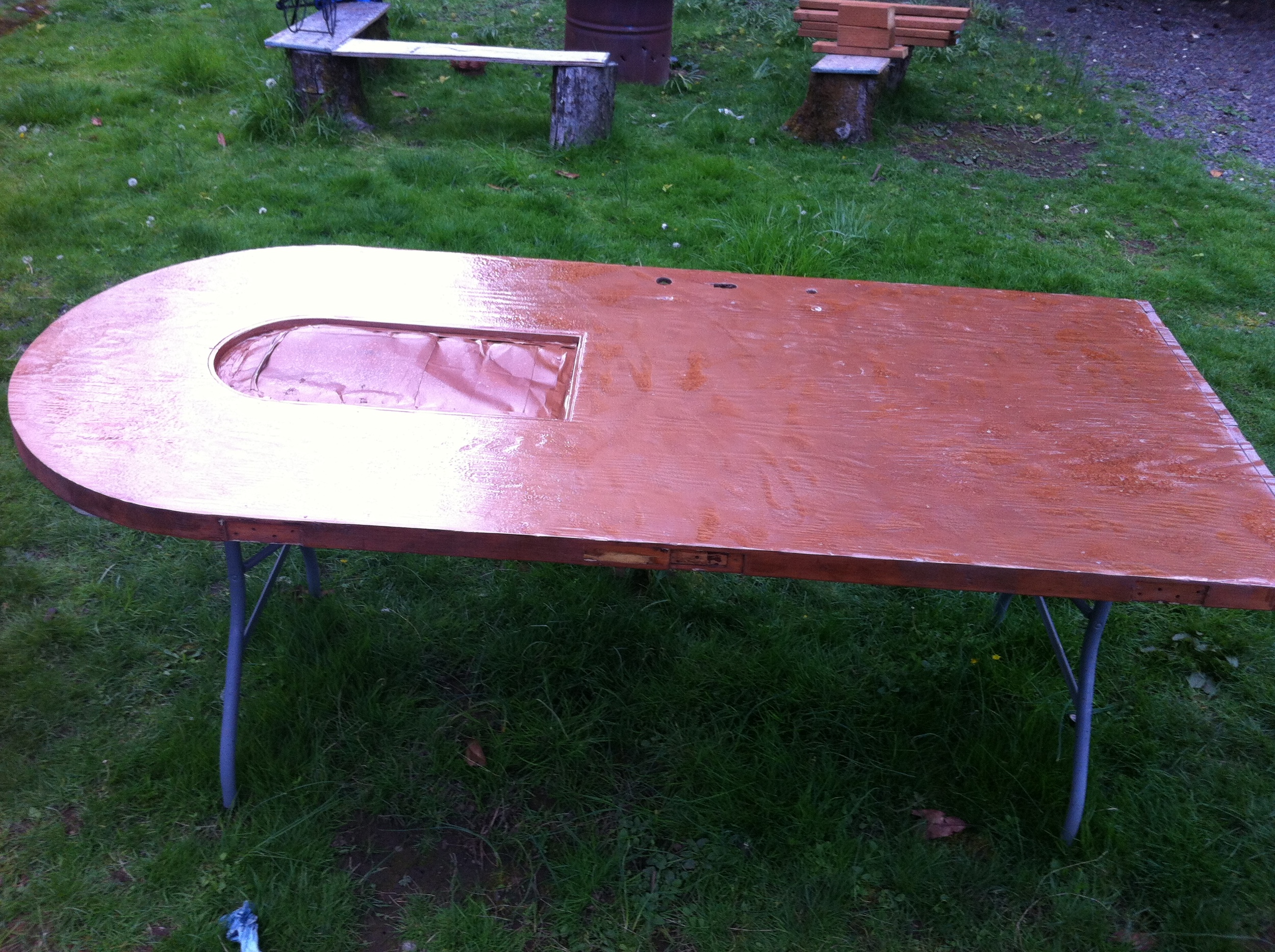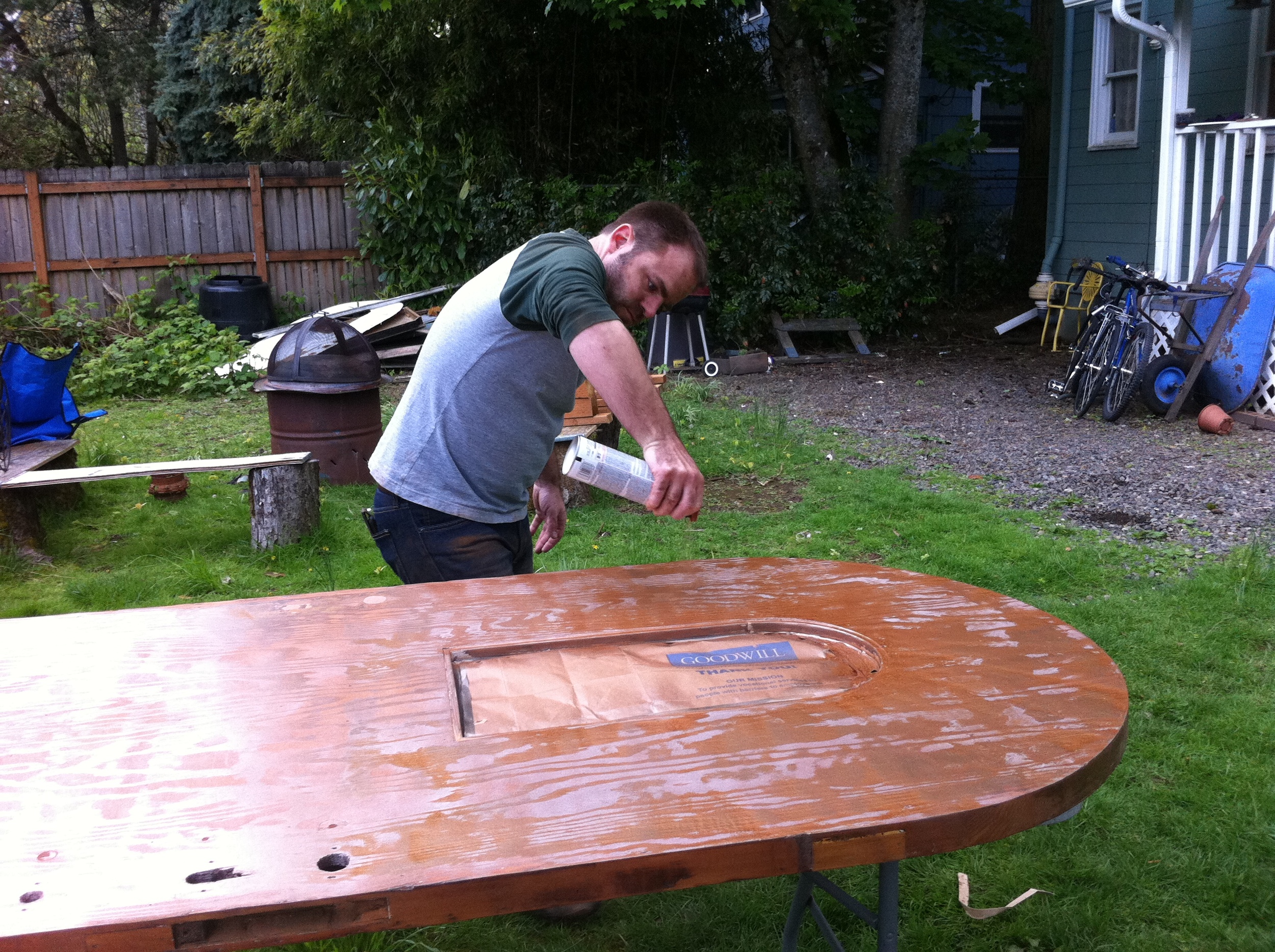 Last weekend was Memorial Day weekend and we cracked open The Lucky Penny, starting with My SIPs Wall Raising. This weekend I’m taking a break from tiny house building to focus on other small homes. Friday and Saturday I turned over my 800 square foot bungalow in Walla Walla for new renters. And today I’ll be leading The Inside Scoop bike tour as part of Portland’s Build Small, Live Large ADU Tour. Both my guided tour and the self-guided tour sold out quickly, so if you aren’t able to join us today stay tuned for the next one! It’s been amazing how much attention ADUs are getting in Portland and I’m glad the ADU Case Studies Project has played a role in that.
Last weekend was Memorial Day weekend and we cracked open The Lucky Penny, starting with My SIPs Wall Raising. This weekend I’m taking a break from tiny house building to focus on other small homes. Friday and Saturday I turned over my 800 square foot bungalow in Walla Walla for new renters. And today I’ll be leading The Inside Scoop bike tour as part of Portland’s Build Small, Live Large ADU Tour. Both my guided tour and the self-guided tour sold out quickly, so if you aren’t able to join us today stay tuned for the next one! It’s been amazing how much attention ADUs are getting in Portland and I’m glad the ADU Case Studies Project has played a role in that.
The past couple days it was interesting experiencing another dose of the Joys of Homeownership. I feel fortunate that I was able to purchase property while I was young but I’ve also been amazed by what a burden homeownership can be. During the four years I lived in my little house I spent most of my time, money, and energy on green renovations and creating an edible landscape with bird, bee, butterfly, and bat habitat. I anticipated I’d be moving back to my beloved house as soon as I finished my graduate program in Urban Planning, so it was hard to leave. However, I was excited about trying on tiny house living, so I entrusted my place to a visiting Whitman professor when I headed to Portland. Considering she and her husband added a puppy and a baby to their family in the year they lived there, they left it in decent condition. But it took me three days to get the house back into shipshape for the next set of renters and it got me thinking about how much a year of living little had changed me. I wrote all about this in Oh, the Joys of Homeownership.
Fortunately, the students who lived in my house the past two years took very good care of the place. And this time I had great help turning the house over for new renters. Marty Cook, who has helped me with a handful of home improvement projects in the past, was my right-hand-man for the weekend. Not only was it great having a second set of hands and another noggin for figuring out the best game plan, I also got to hear Marty’s stories. I rarely meet someone so integrious, so positive, so proud of his son, and so utterly smitten with his wife. (If you live in Walla Walla and are looking for a trustworthy builder and landscaper, let me know and I’ll put you in touch with Marty!)
As you might imagine, working on my property again the past couple days – taking a toothbrush to the cracks and coaxing the cheat grass away from the raised veggie beds (again!) – got me thinking about homeownership anew. Like how I was scrubbing and weeding instead of visiting with my friends in town. (If I didn't get to see you, please know I plan to come visit as soon as I can on a trip that's about fun instead of work!)
I have learned so very much from owning my home – about home improvement, about my decision making process, about Murphy’s Law. Most importantly, my garden cottage taught me how to make home. What’s interesting is realizing that now that I know how to make home I don’t necessarily need to live in this home. I have made home everywhere I’ve lived since.
As I sat in an adarondak chair on my front patio after the house was cleaned up, sipping a coconut water and watching the ducks in the pond across the street, I realized I still like the idea of moving back into my house someday. But for now living tiny is the right fit for me. And it seems my little Walla Walla house will be a good fit for my new tenants.
I’m not sure whether my house will ever pencil out as a wise financial investment. But it was definitely a good investment in my education and my wellbeing. I suppose it’s all in how you count. For now I’m glad I can rent my house out to others so that they can enjoy a charming home and I have housing flexibility for the future.
And I’m really glad I can clean my tiny house top to bottom in an hour instead of a full day! (Check out my Tiny House Cleaning Checklist for my how-to!)

